If there’s one aspect of MileLioning I’m not very comfortable with, it’s photography.
It’s not just because I find photo taking to be highly stressful (rushing to be the first to board, praying for that one guy to move out of the way, enduring the stares of bystanders who think that photographing the lounge buffet is the precursor to an act of terror), but because I’m kind of like a reverse Midas when it comes to cameras.
I mean, just look at photos from The MileLion’s early years. Blur, poorly composed, awful lighting, weird angles, washed out colours- it’s amazing anyone wanted to read anything.

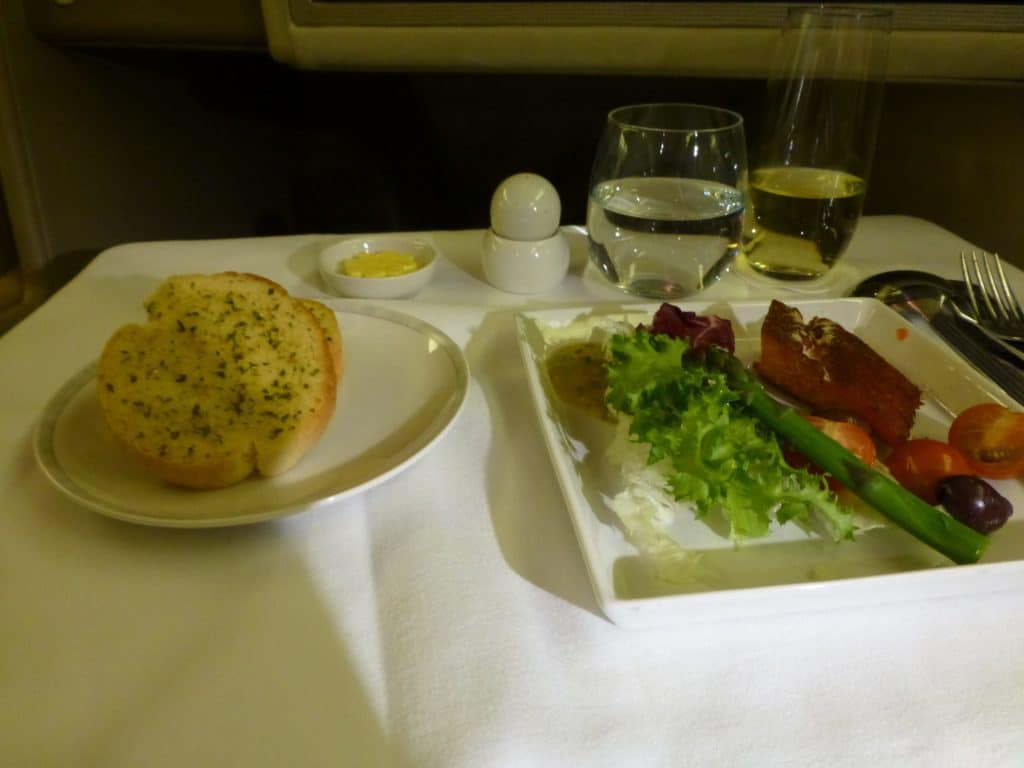
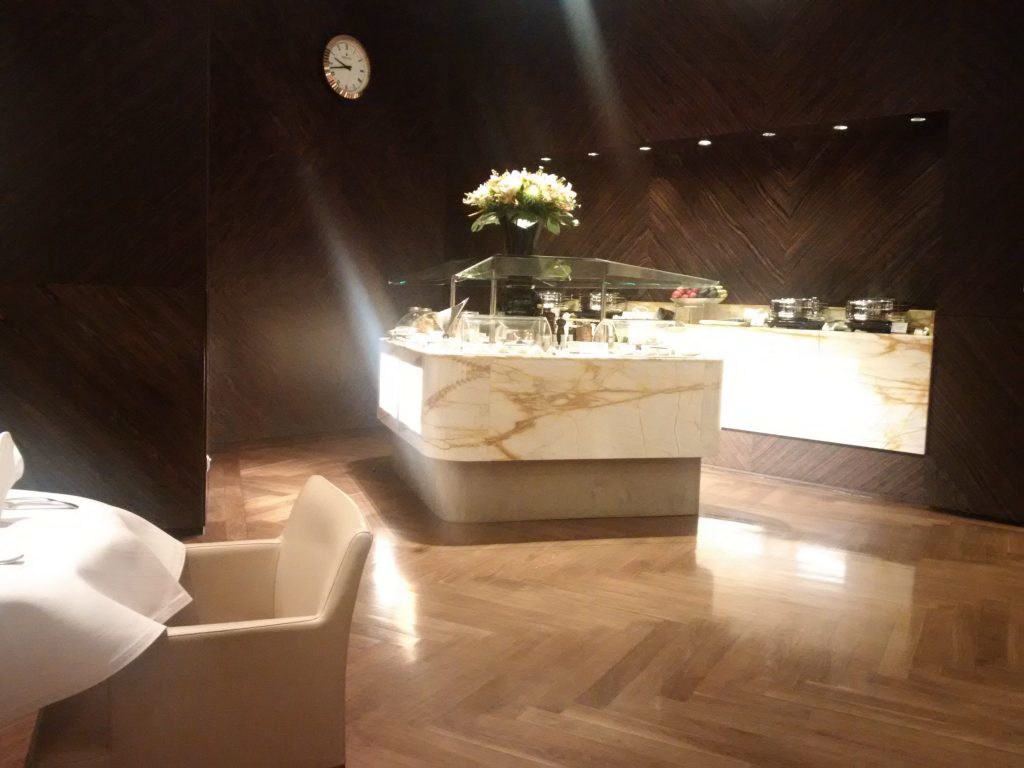
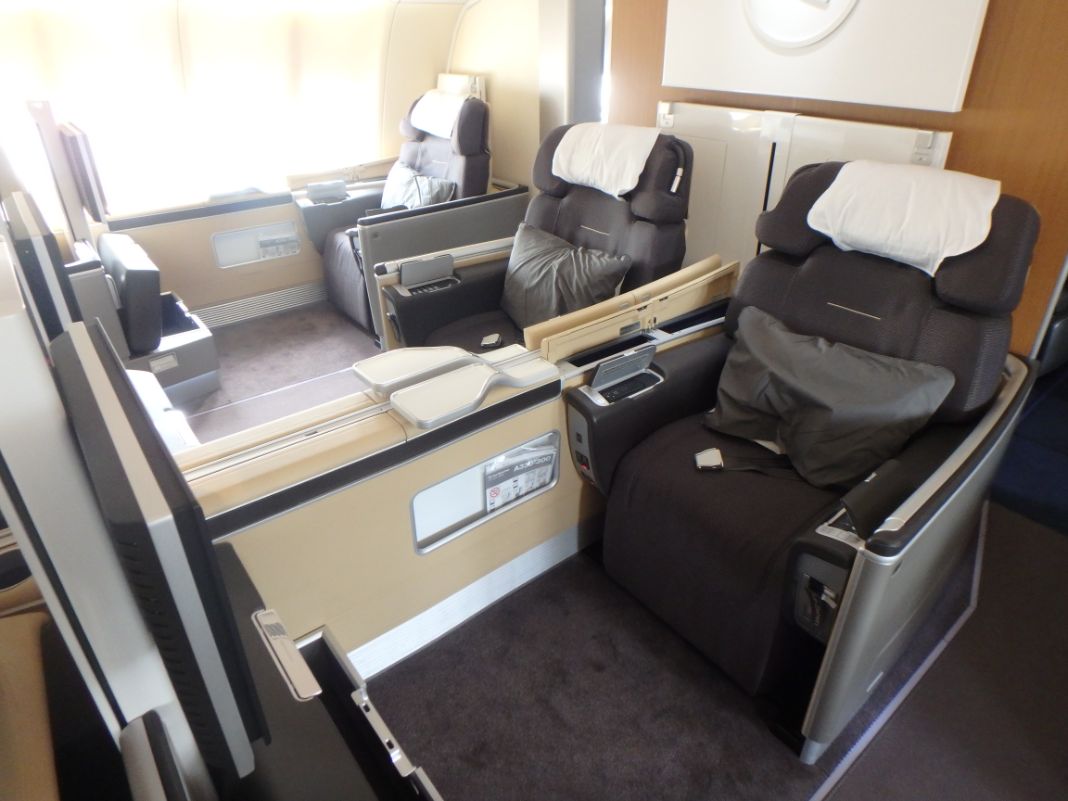
While I’m more comfortable writing than shutterbugging, I’m well aware that photography is an important part of this job (especially if I ever hope to start an OnlyFans), and have been making a concerted effort to improve my photos over the past couple of years. No, not by going for SkillsFuture photography courses (ain’t nobody got time for that!). By continually upgrading my camera.
Say what you will about throwing money at a problem, but I’m rather pleased with the results from my recent trip reports.
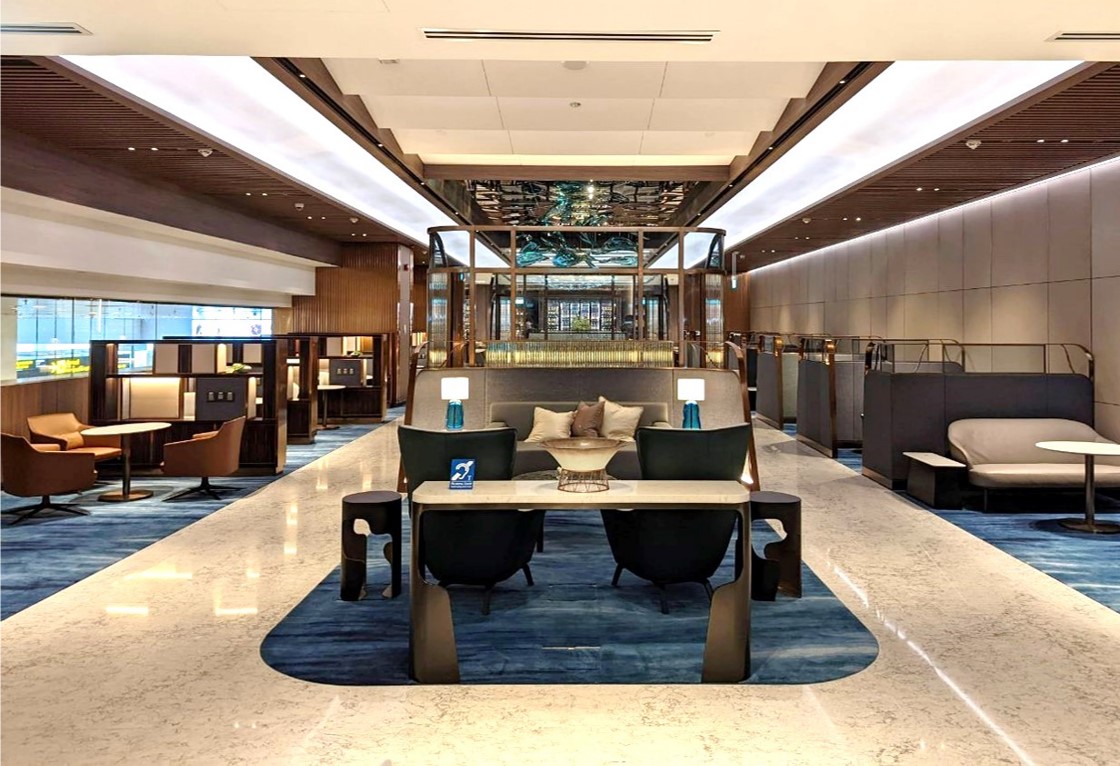
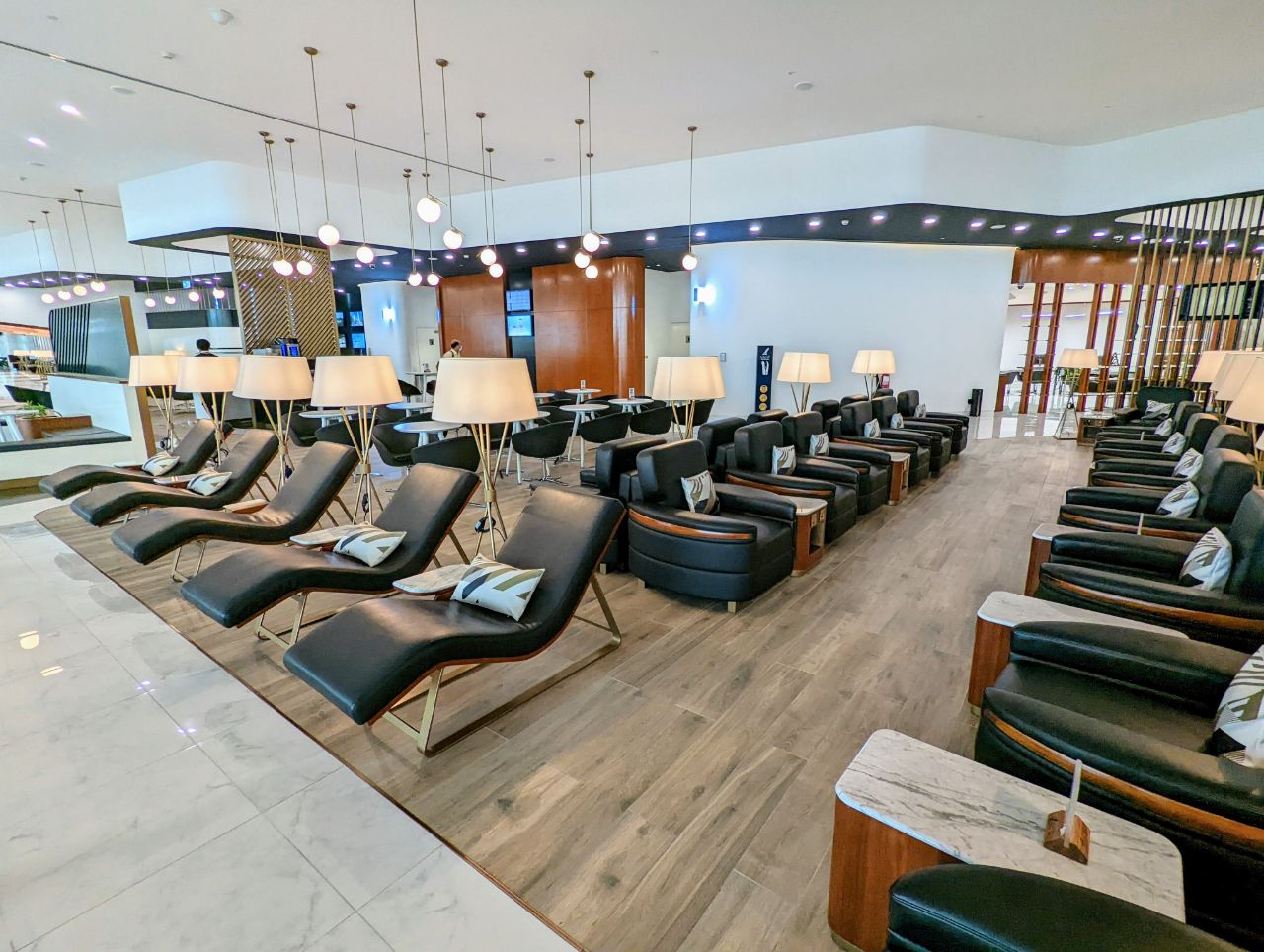
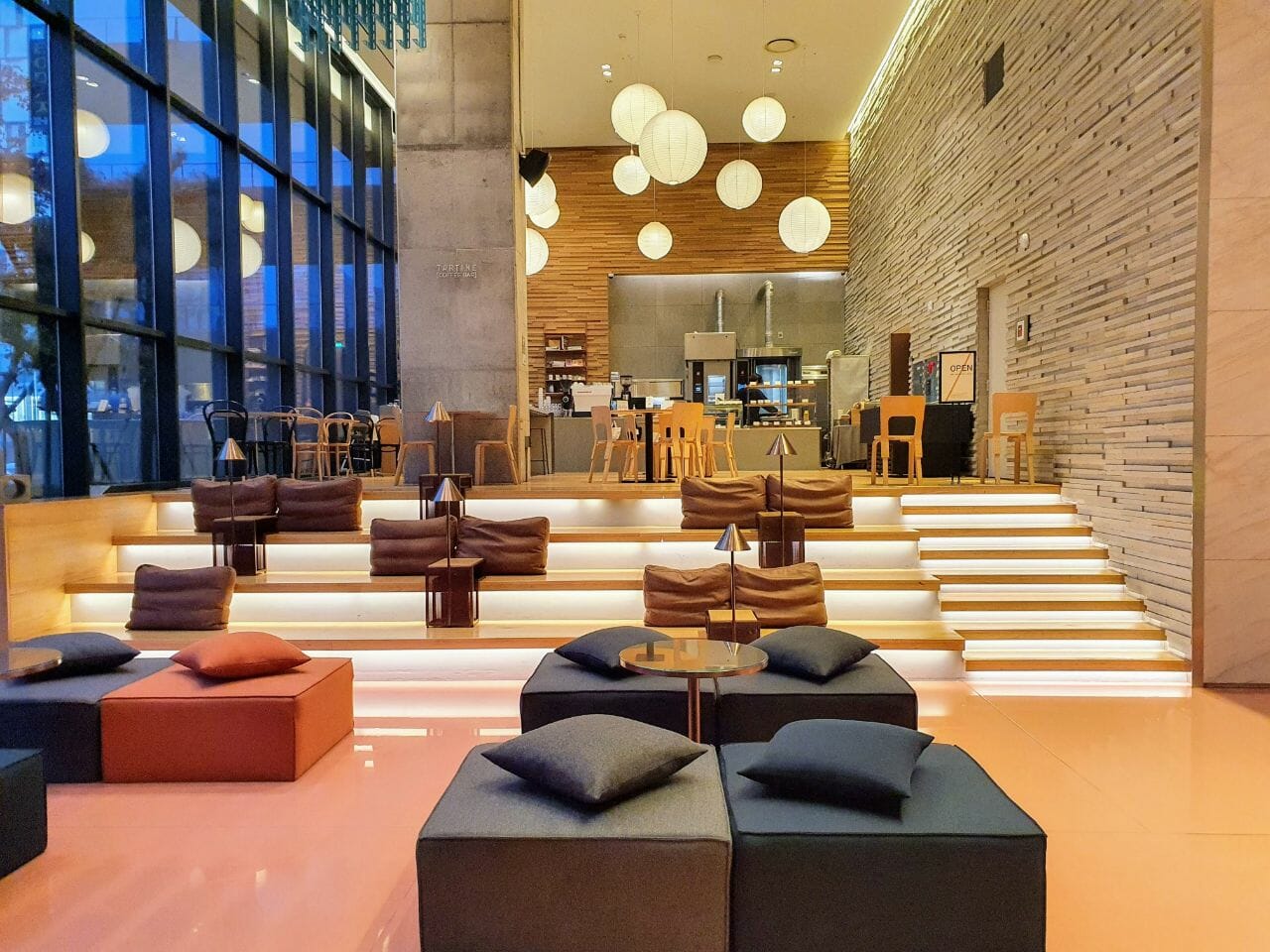
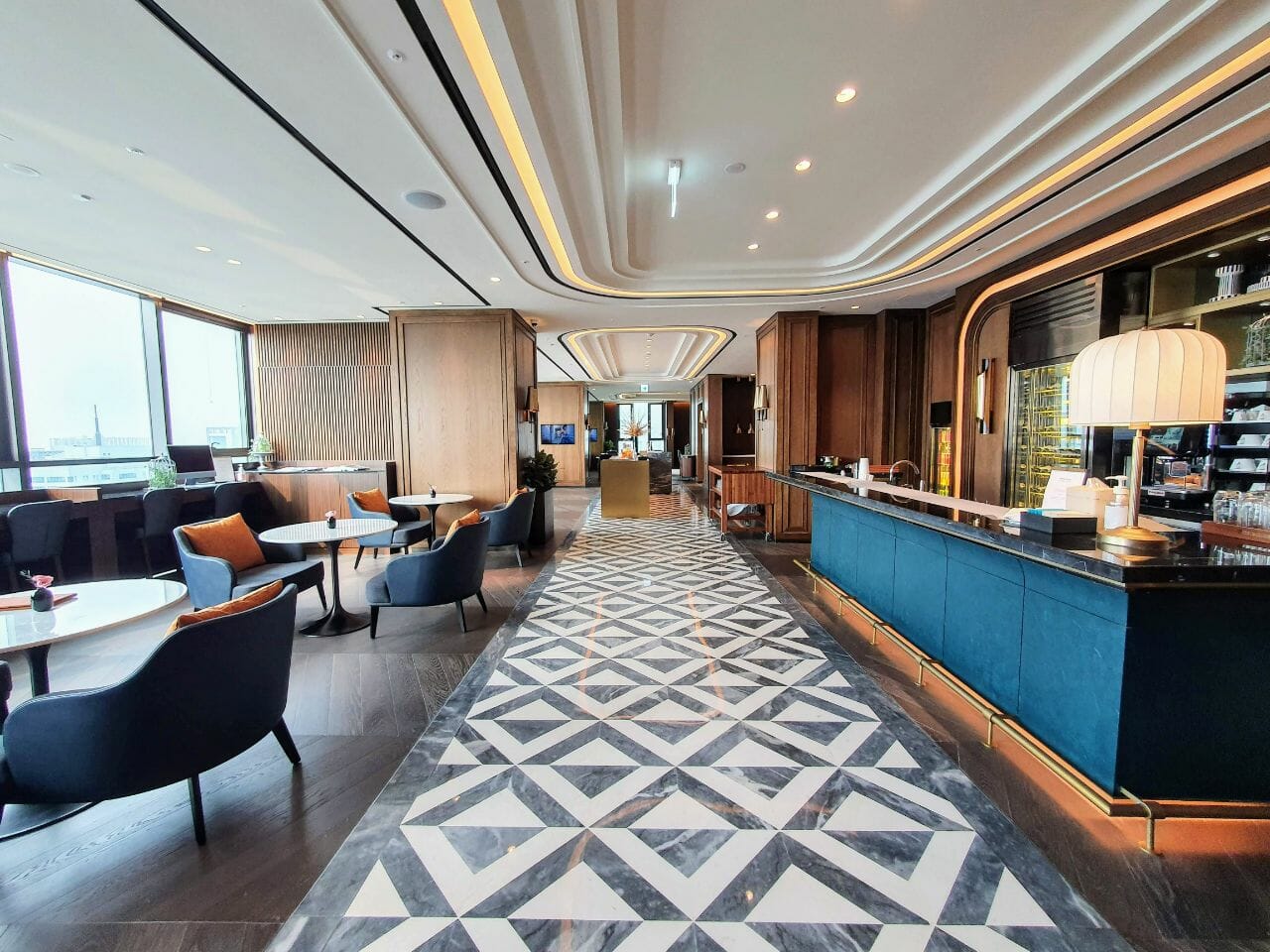
It’s not Ansel Adams stuff, but certainly much easier on the eye than before. And while I wouldn’t dream of giving any lessons on photography, I thought it might be interesting to take you through a bit of MileLion history where cameras are concerned…
What do I need in a camera?

Given that I mainly photograph indoor environments — a late-night departure in an airplane cabin, a windowless hotel room heavy on the mood lighting — I need a camera that performs well in low light conditions.
These environments tend to be cramped as well, so a wide angle lens is mandatory (I don’t know how I’d have photographed the YOTELAIR Changi without one!). There’s nothing worse than trying to back up further, only to realise you’re out of space.
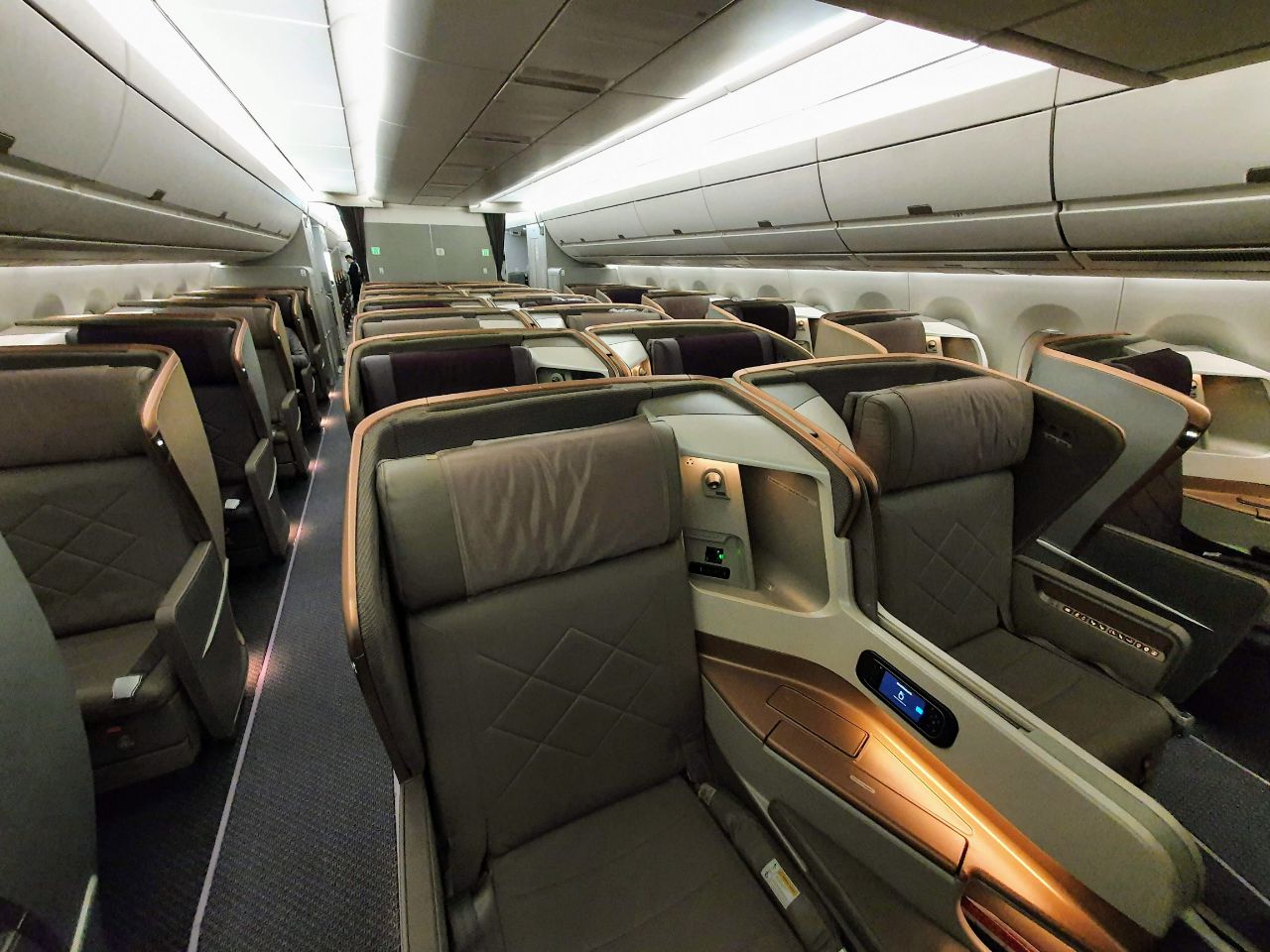
And finally, given that I don’t want to fiddle with f-stops, ISOs, EVs and other acronyms I don’t understand, I need the phone’s software to do most of the processing and heavy lifting.
Throughout the years, MileLion photos have been taken on:
- Blackberry PRIV (really)
- Sony a5000
- Nikon D5600
- Google Pixel 3
- Samsung Galaxy S10
- Google Pixel 6 Pro
Blackberry PRIV (2015-2017)
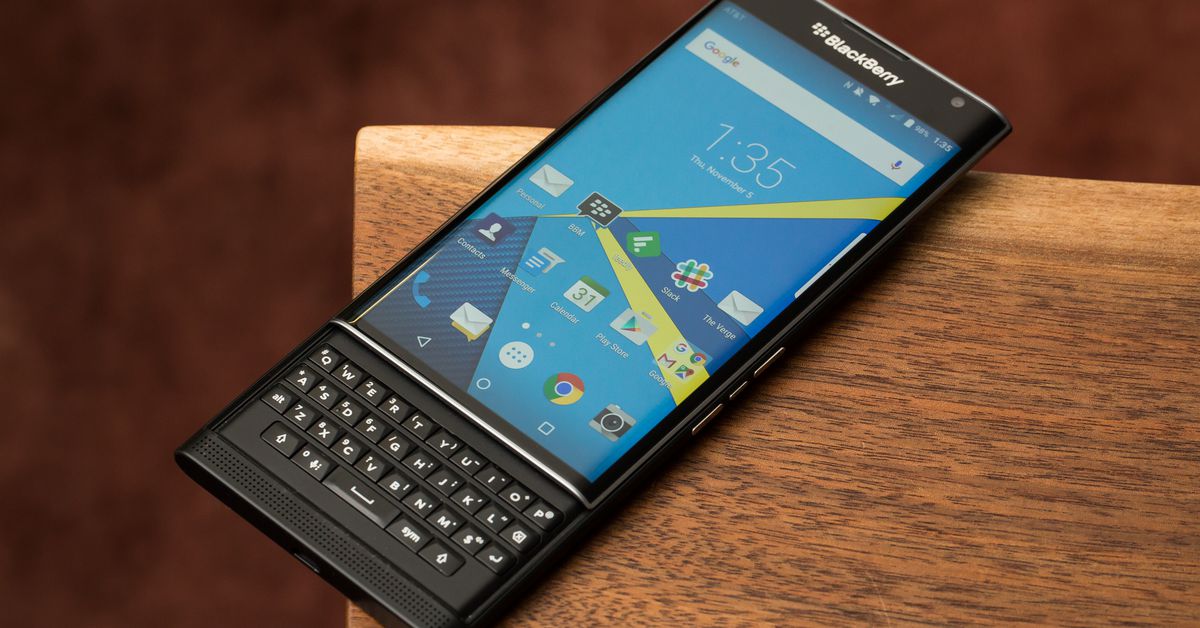
When I first started The MileLion, most of my photos were taken on my trusty Blackberry PRIV. Yes, a Blackberry. It’s another story for another time, but I just can’t get used to typing on glass, and don’t think I ever will. Till today I’m still holding on to my Blackberry Key2 for dear life, praying that it doesn’t die on me before a new PKB (physical keyboard) Android phone comes to market.
At the time, the PRIV was hailed as offering “the best camera in a Blackberry” which is kind of like being the least smelly guy at a Manga convention (come at me, bro). To be fair, it produced decent photos in outdoor settings with strong lightning, but then again, so would a potato.
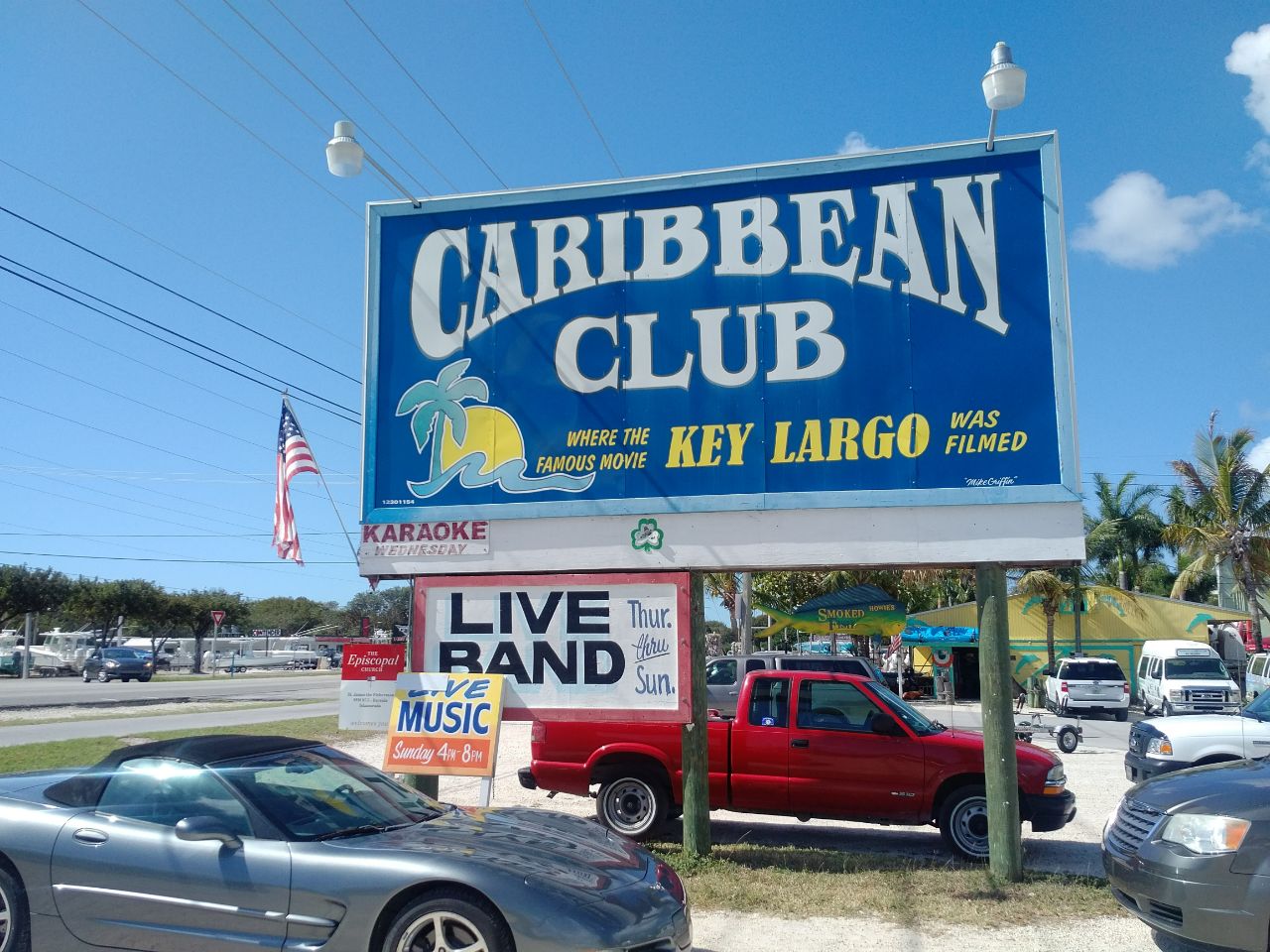
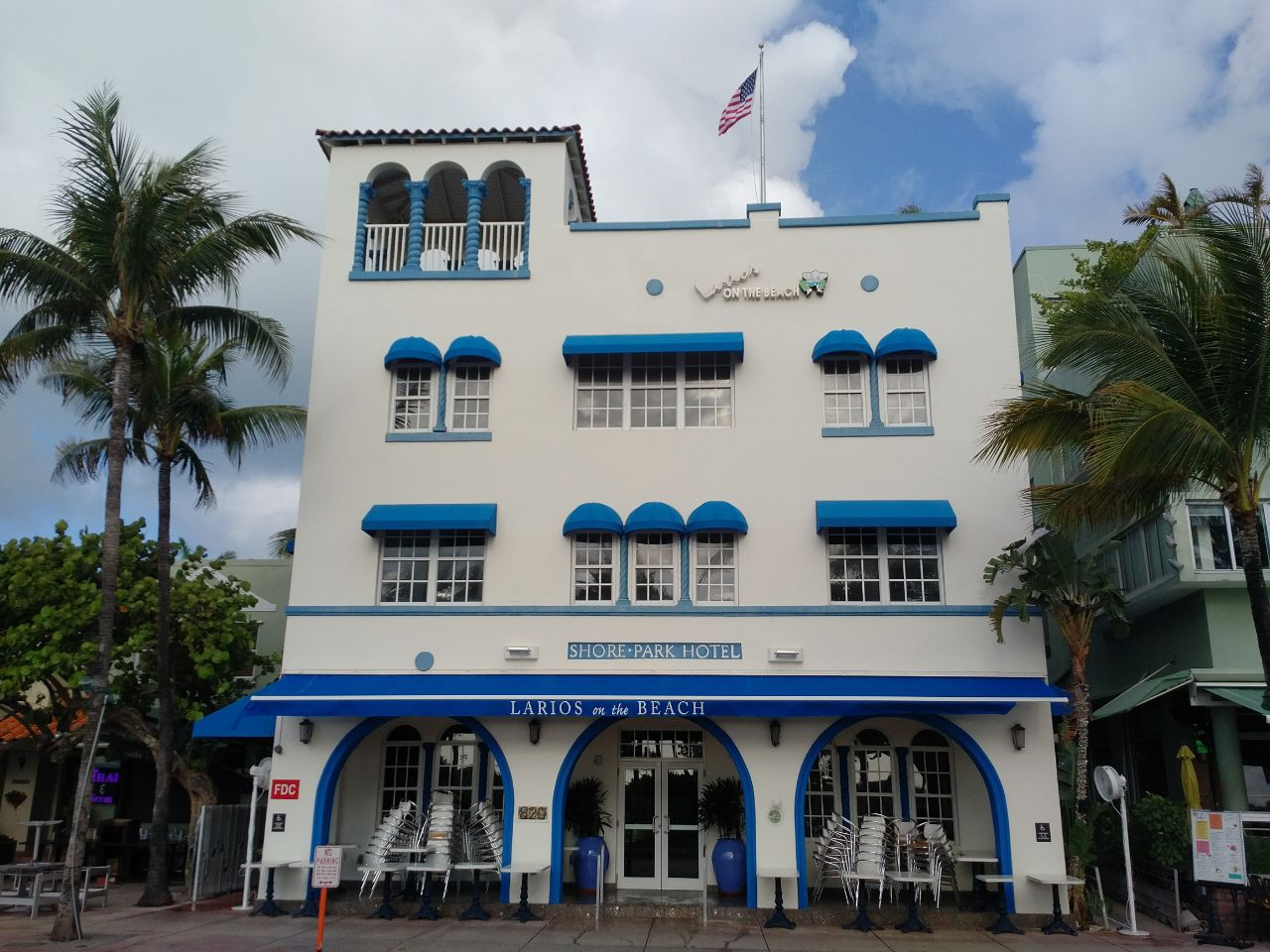
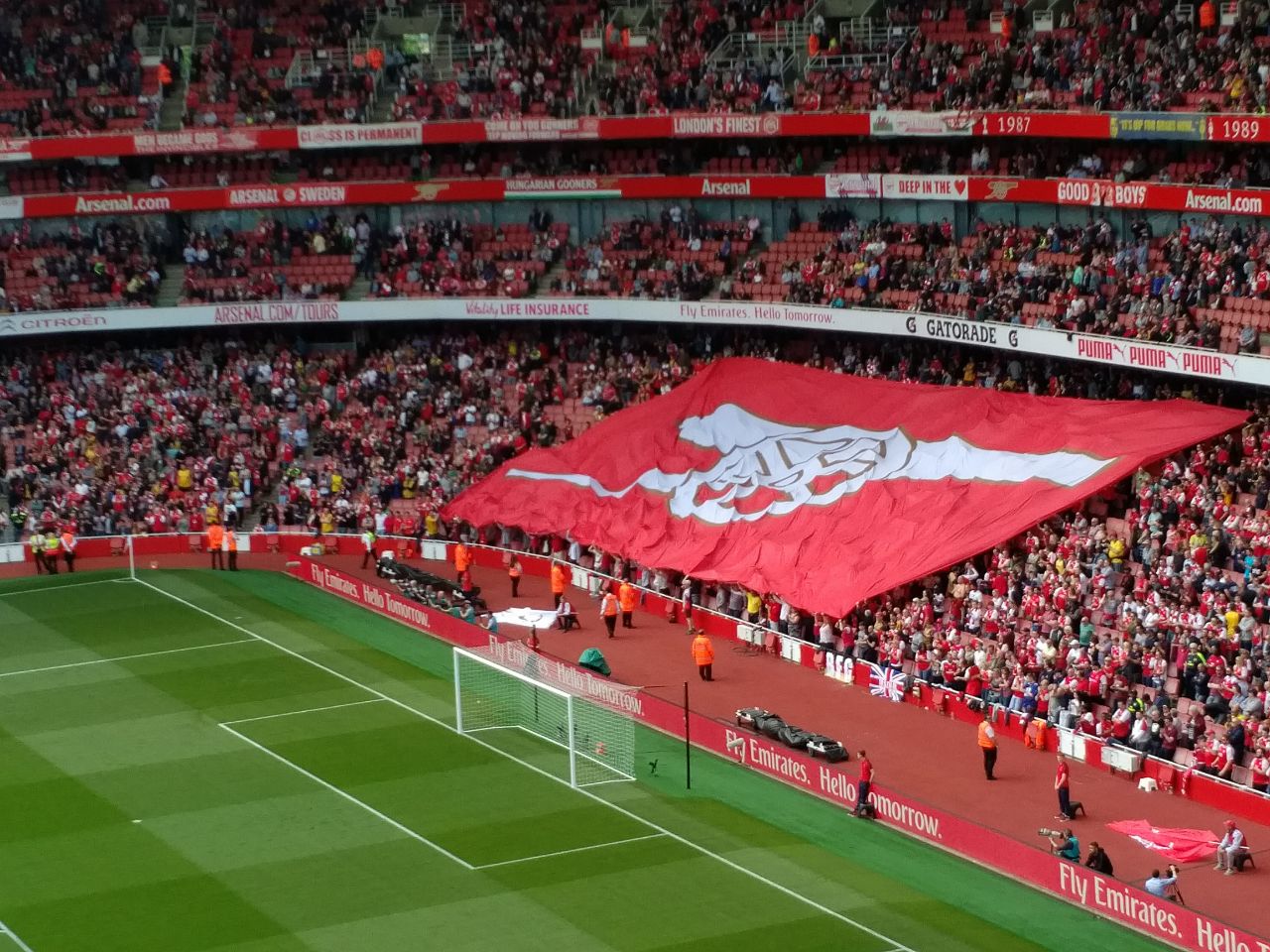
It was indoors where the PRIV really struggled. The low light performance was abject, and it struggled to figure out the right exposure when dealing with strong backlighting. Moreover, its lens wasn’t wide enough for most airplane seats.
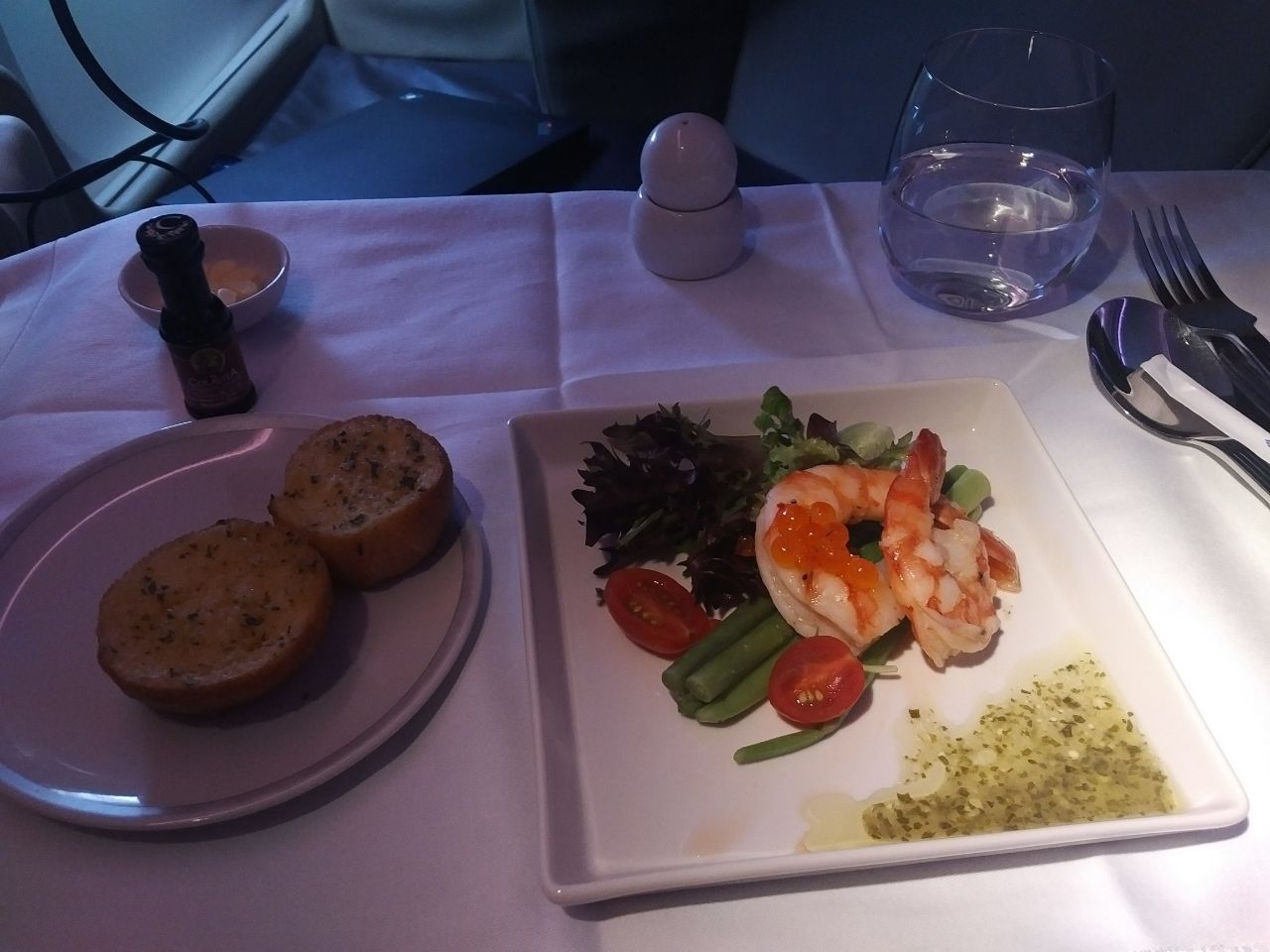
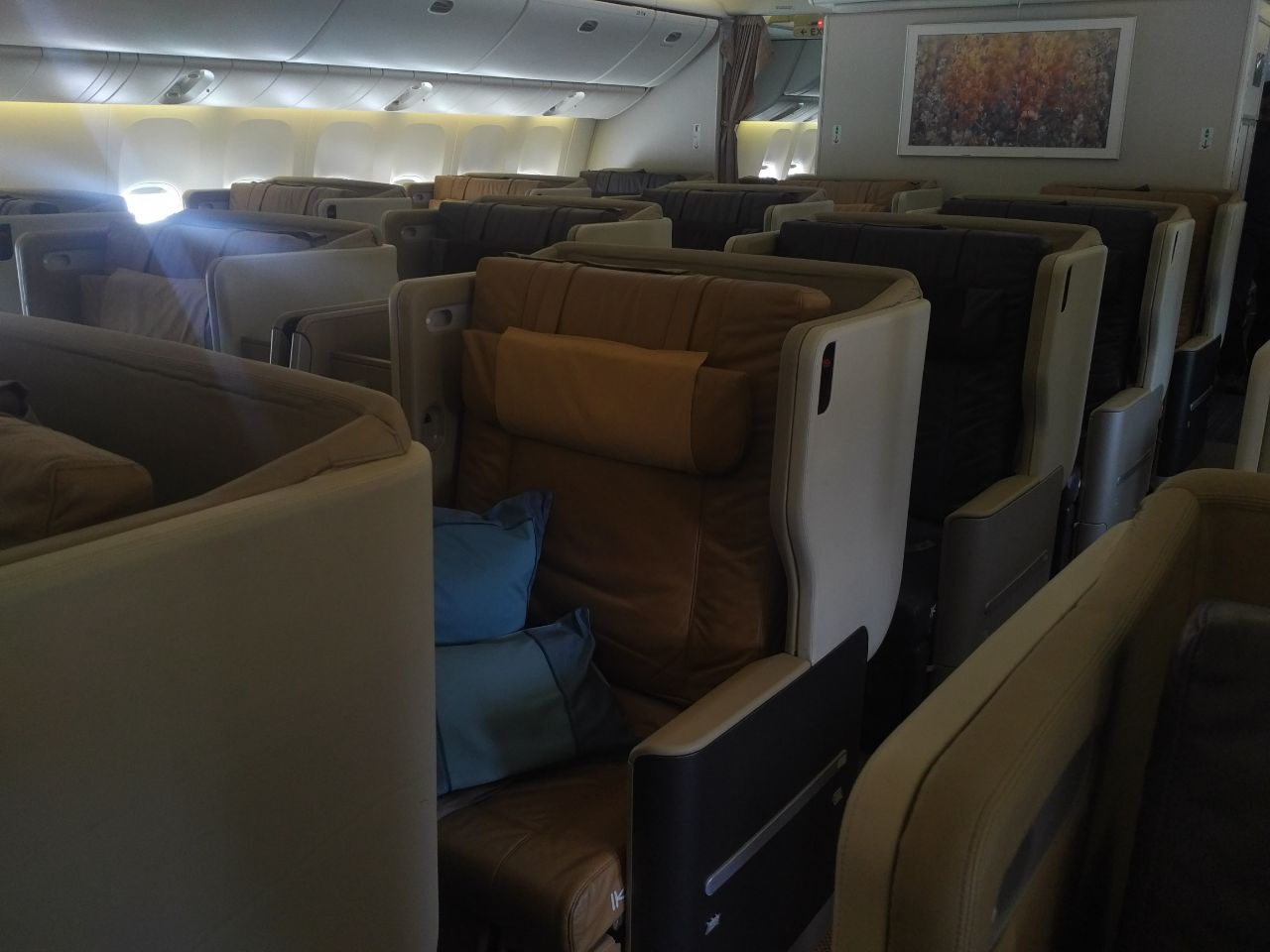
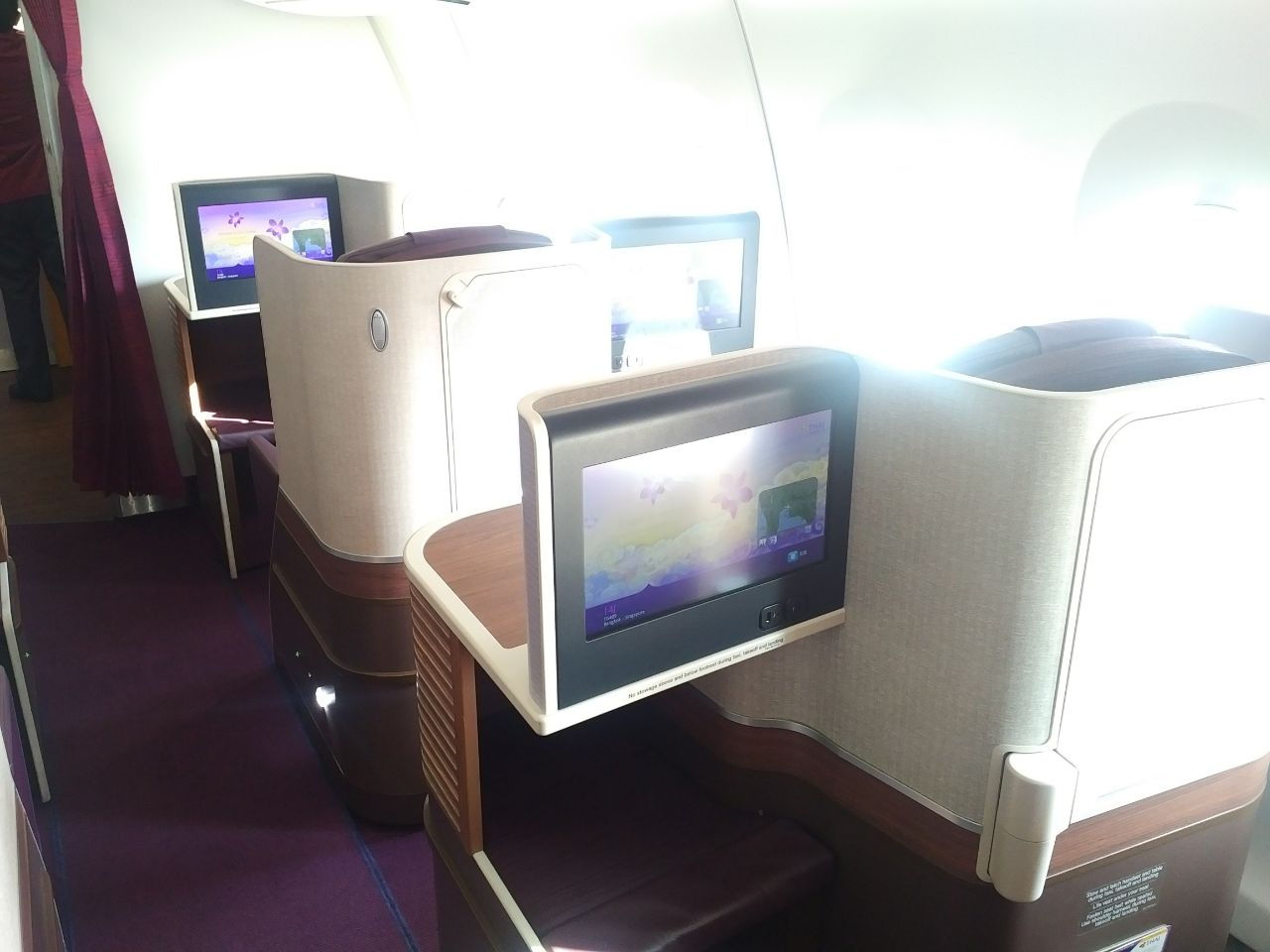
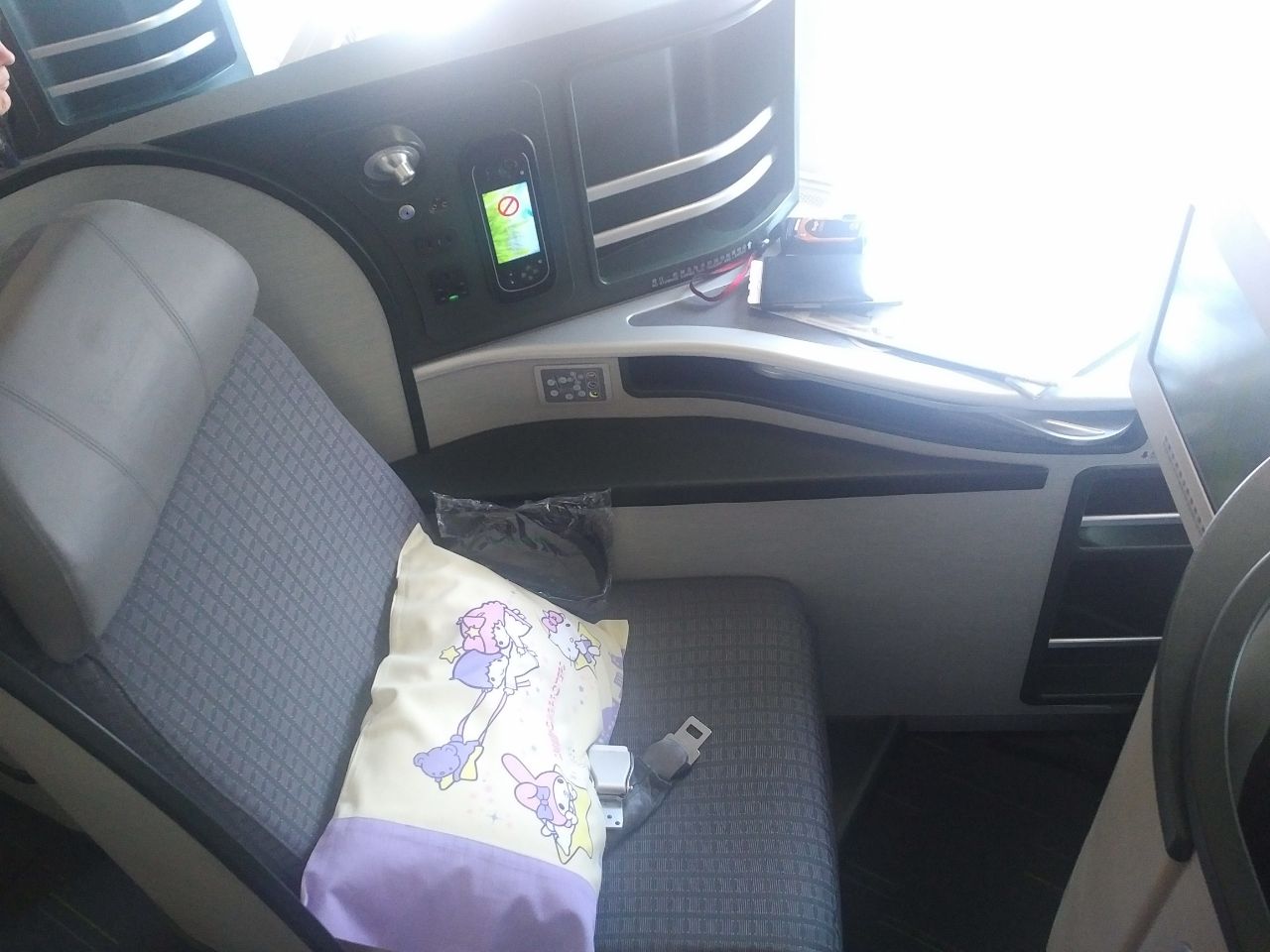
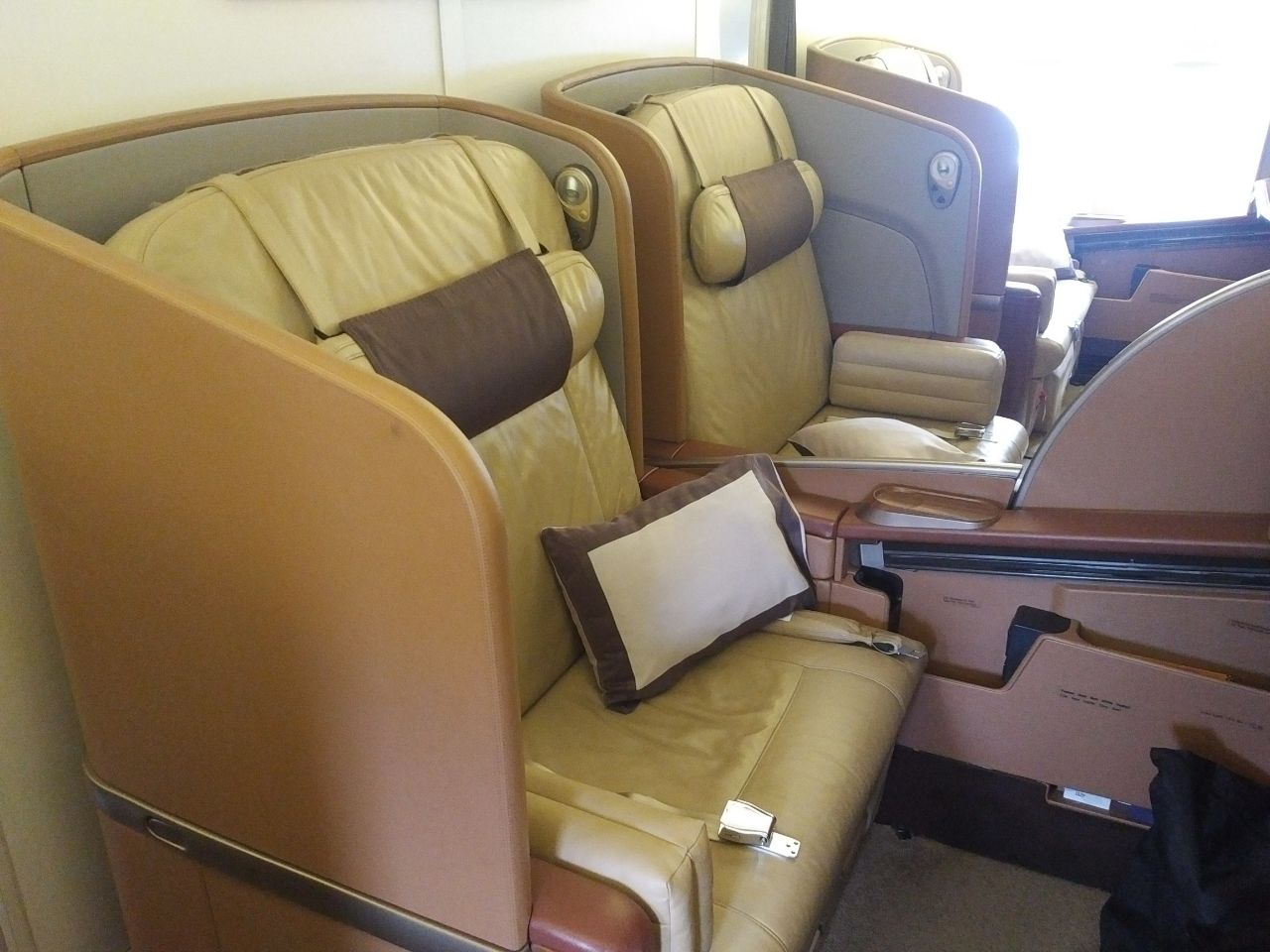
After looking through dozens and dozens of trip reports with beautiful settings but hideous photos, I decided it was time for an upgrade…
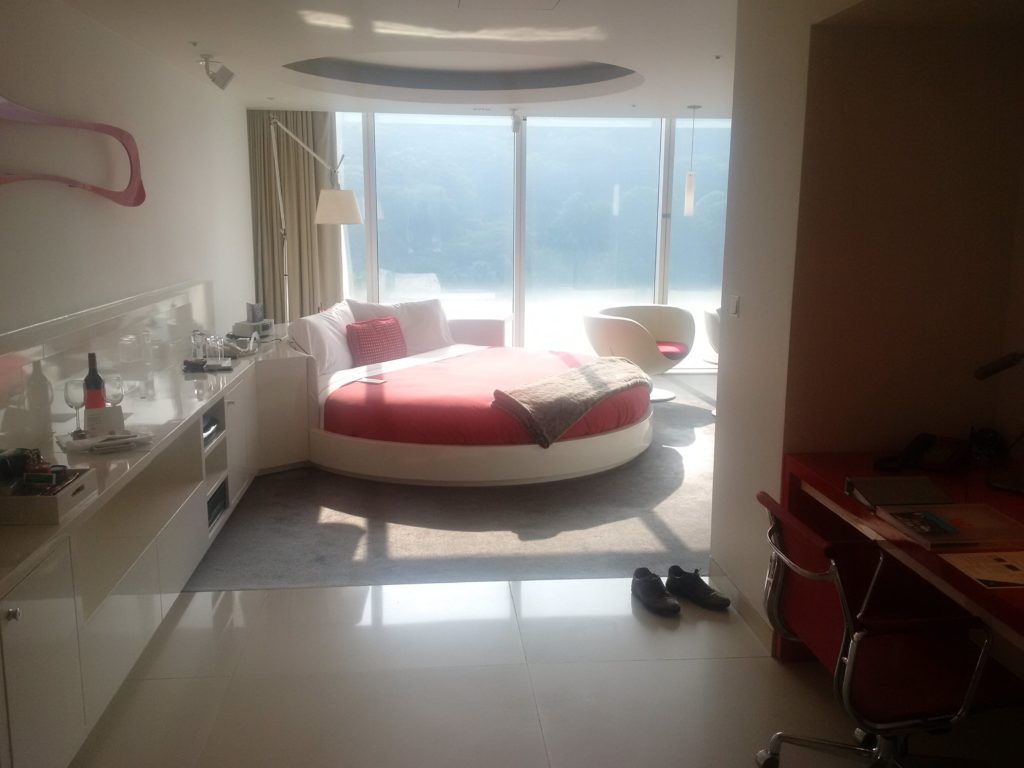
Sony a5000(2017-2019)
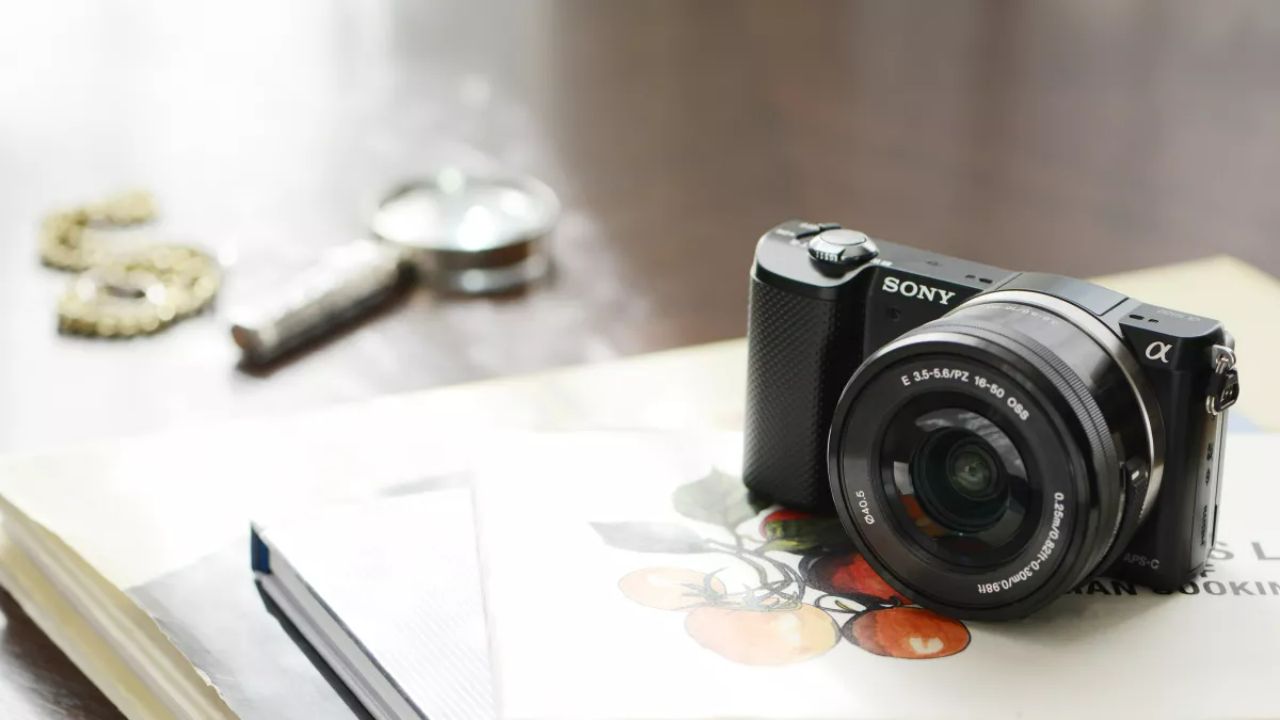
I purchased a Sony a5000 in August 2017. This mirrorless camera was lightweight enough to bring along on my trips, and at S$359, didn’t break the bank.
The a5000 had no issues in outdoor settings and places with adequate light. I brought it with me on The Mileymoon to California and the Maldives, and photos were good enough.
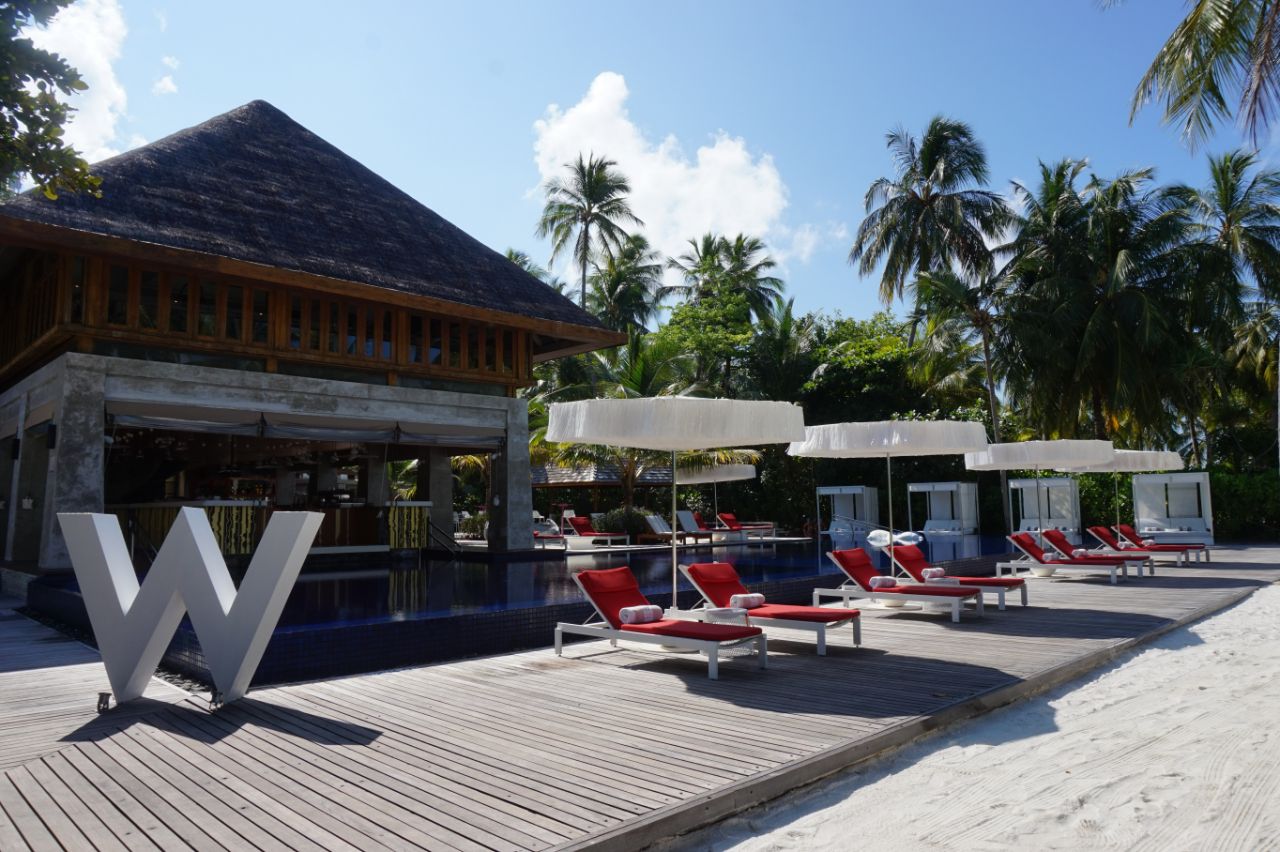
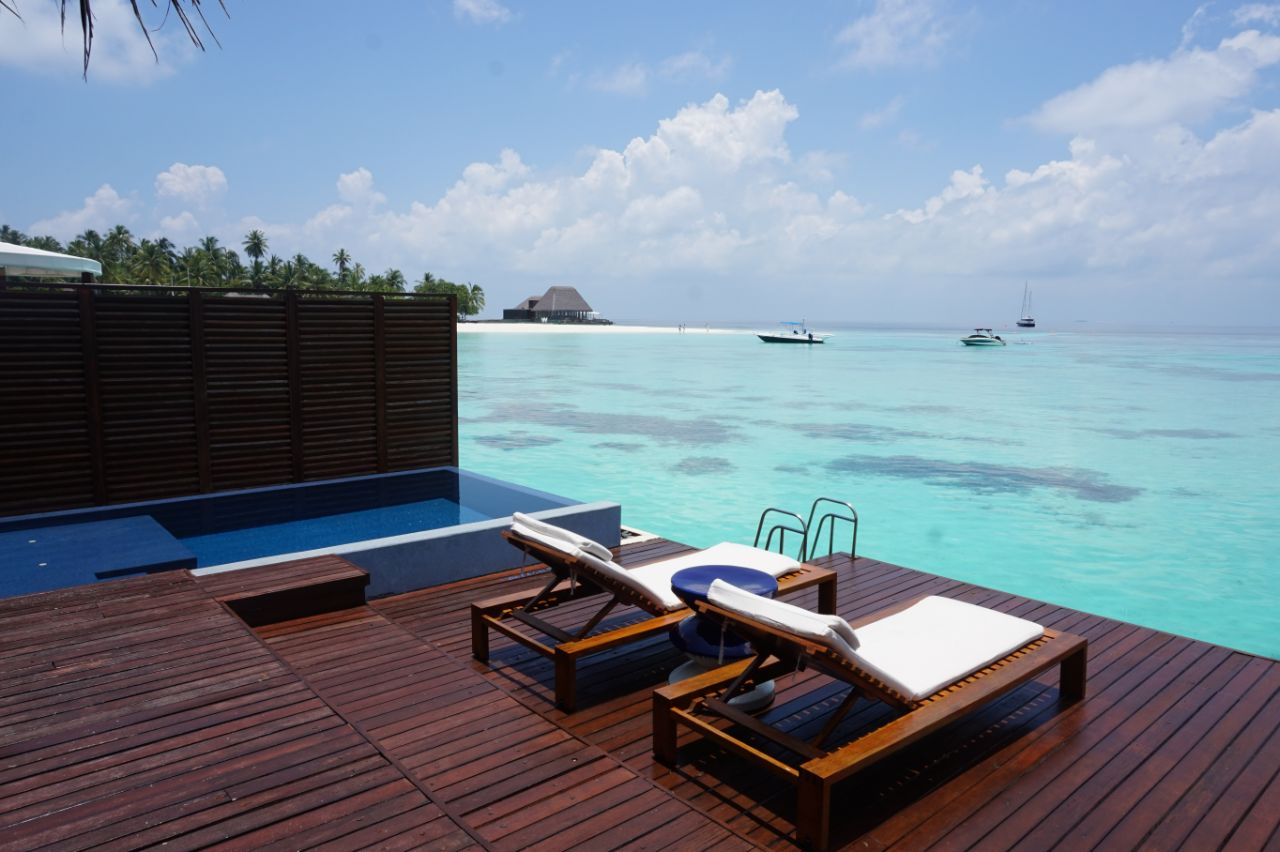
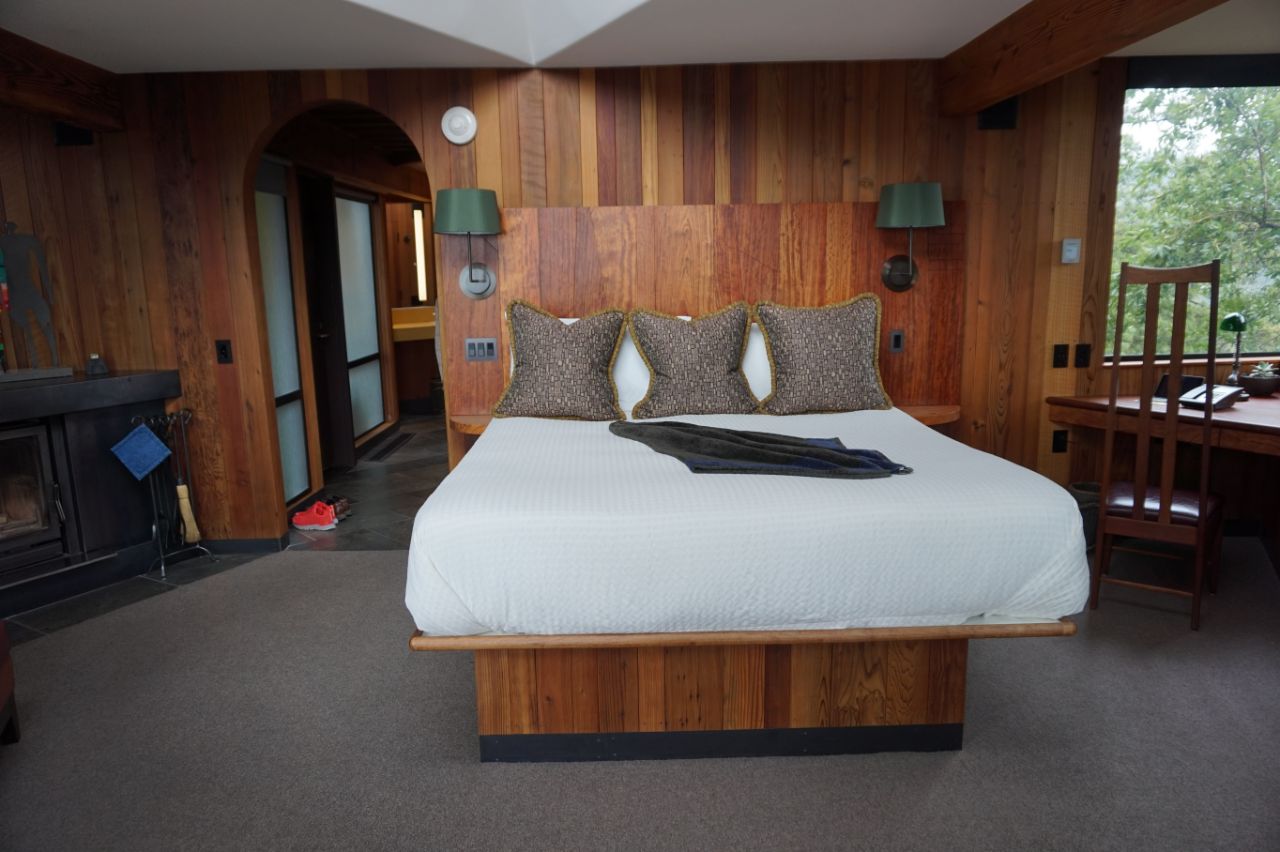
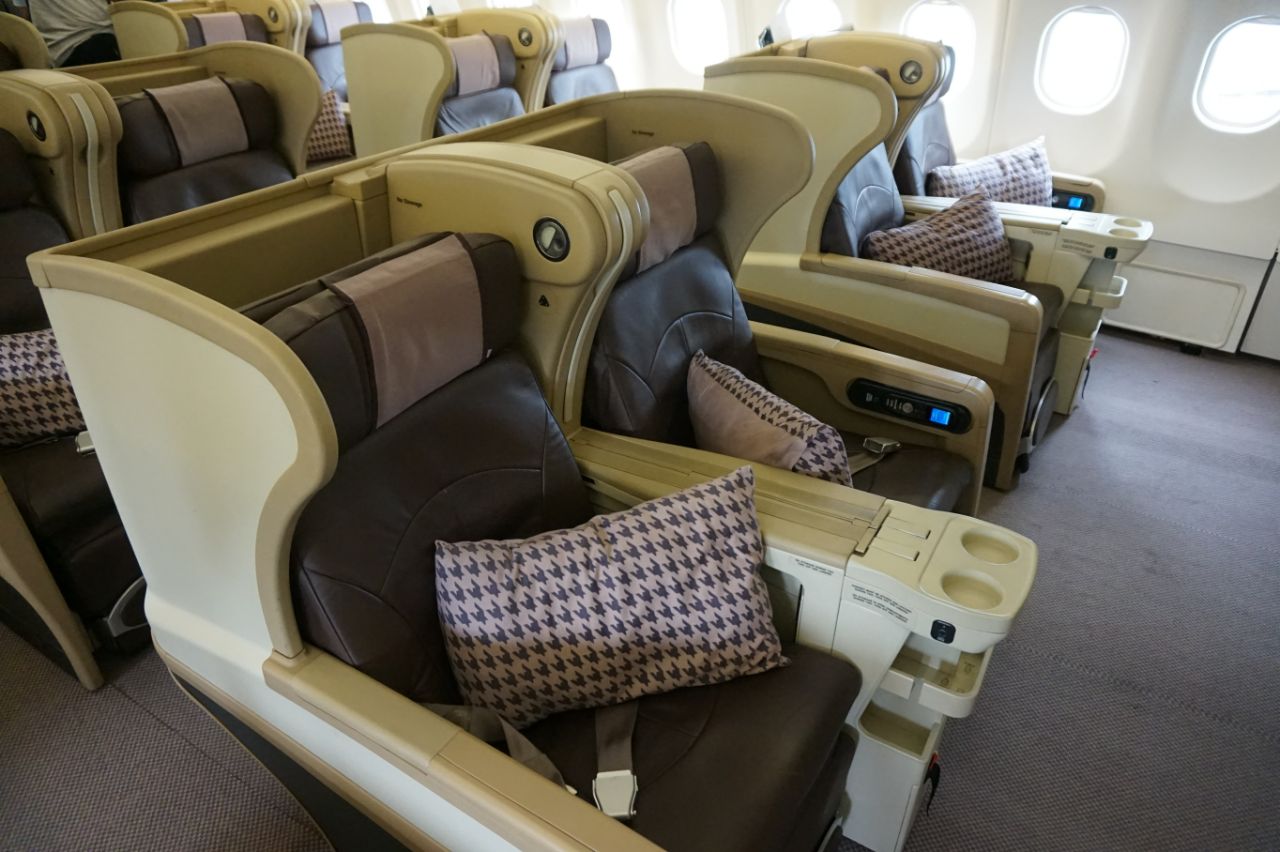
I’m sure it could have taken decent photos in lower light conditions too- if only I knew the proper settings. The problem is I could never quite figure it out, and as a result my indoor shots looked underexposed and lacked sharpness.
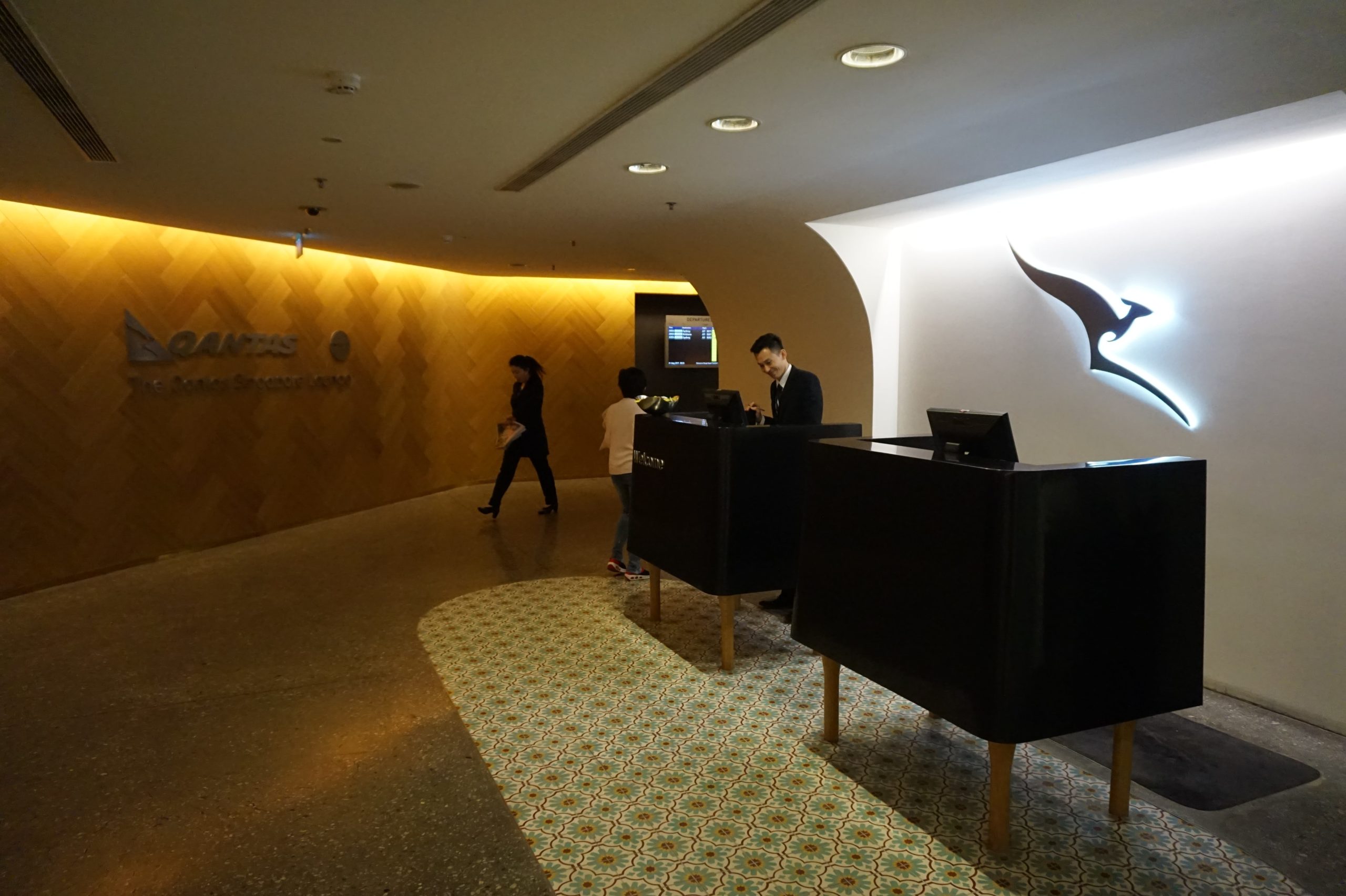
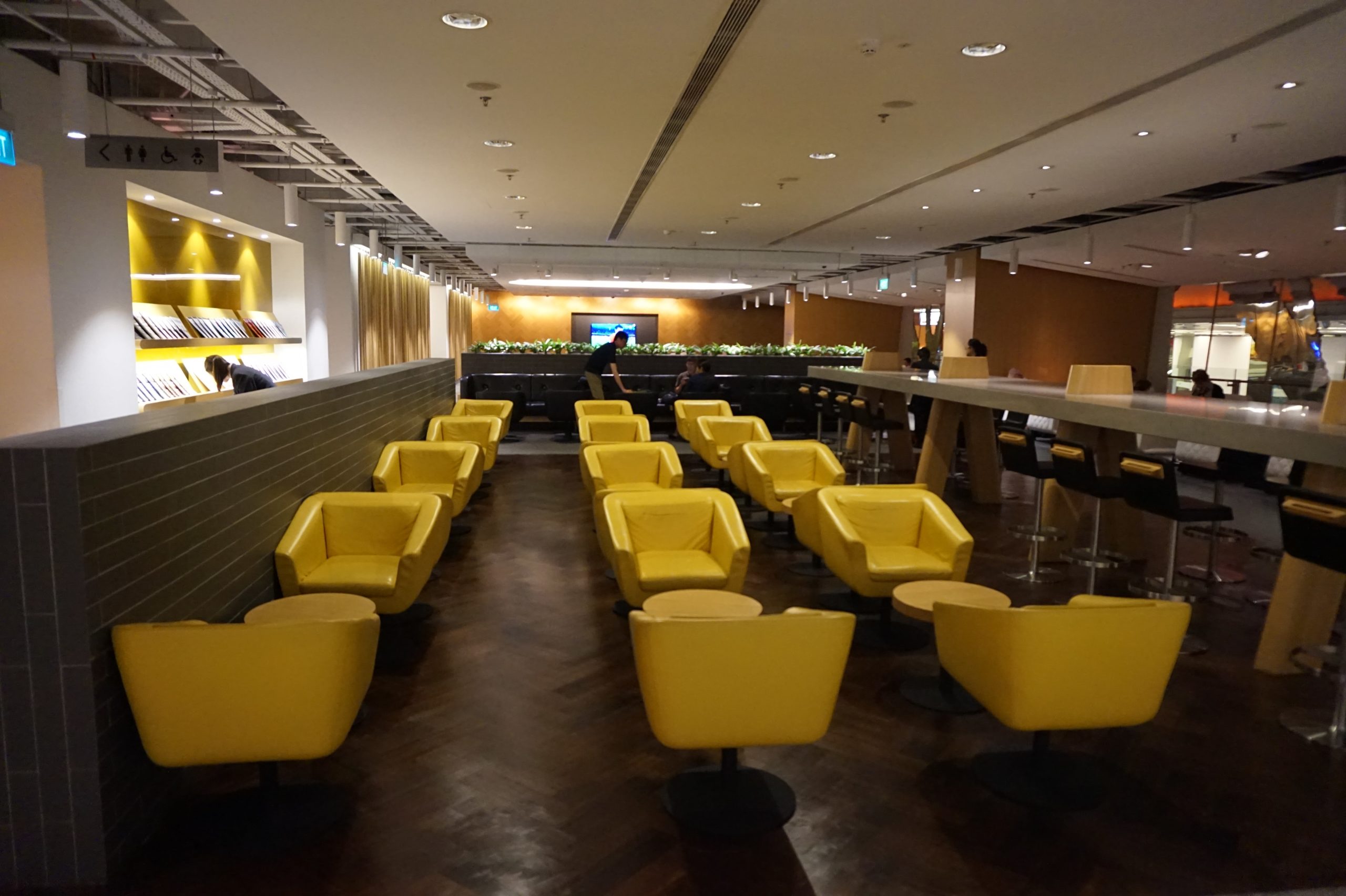

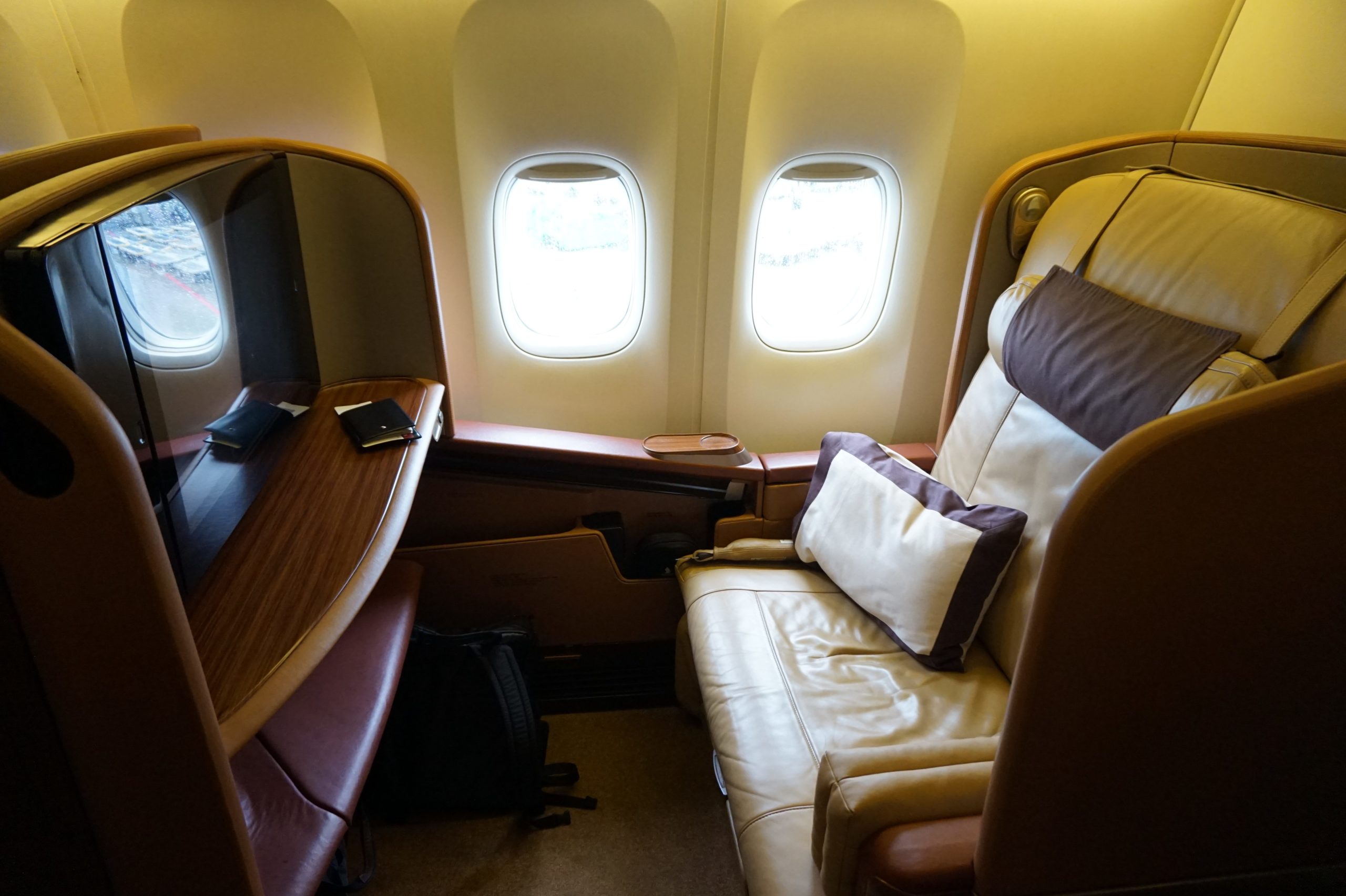


Nikon D5600 (2019-2020)

For a brief period in 2019 and 2020, I got my hands on a Nikon D5600 in the hope that it would solve all the issues I had with the Sony a5000. After all, if the automatic mode on a S$359 camera performed at 50%, the automatic mode on a S$749 camera should perform at 100% no?
Not quite. Here’s a valuable lesson I learned: no matter how good the hardware is, it counts for nothing in the hands of a noob. I used this camera for my 2019 Rome and Kiev trip, as well as my early 2020 review of ANA’s new cabin products, but can’t say that the photos were definitively better than the a5000.
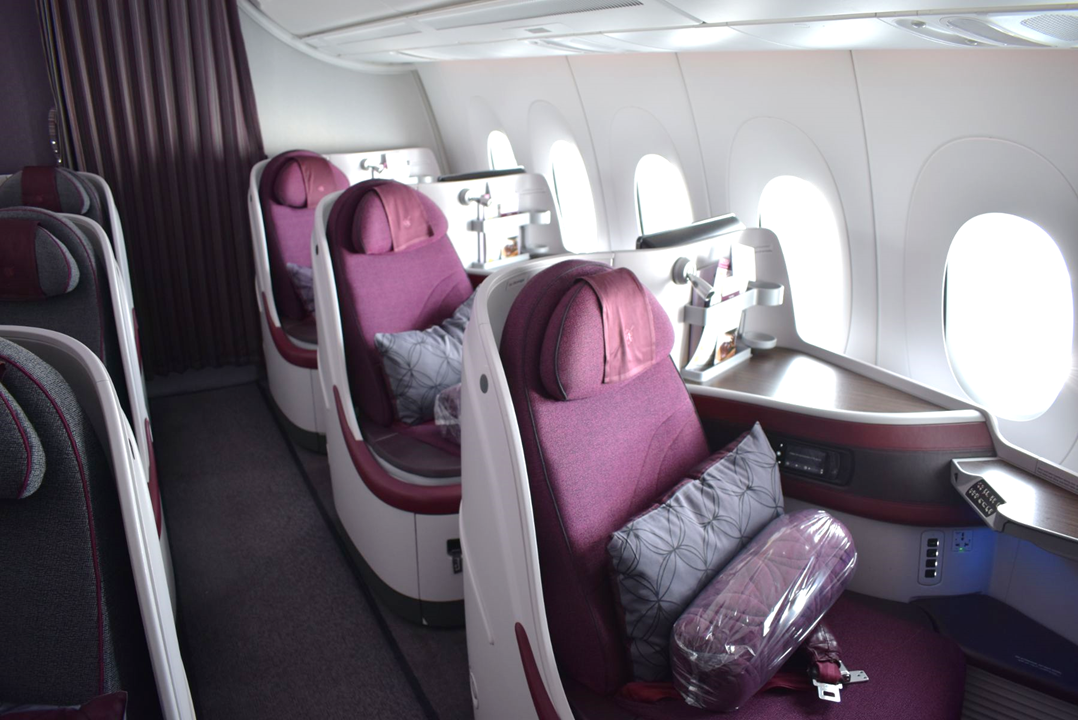

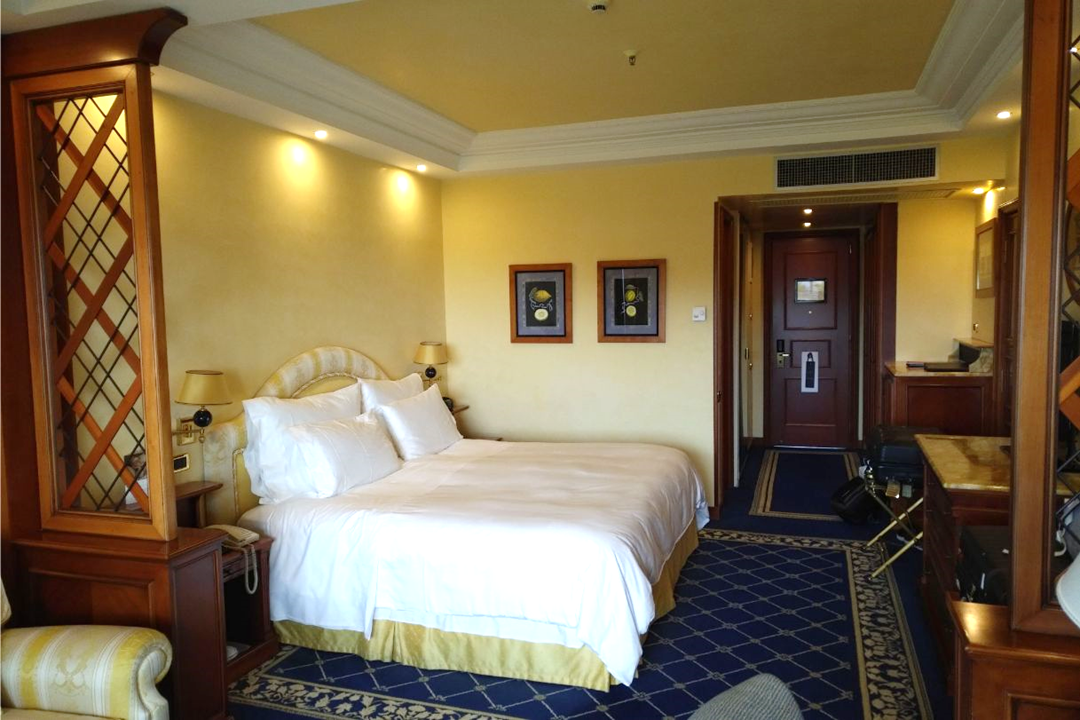
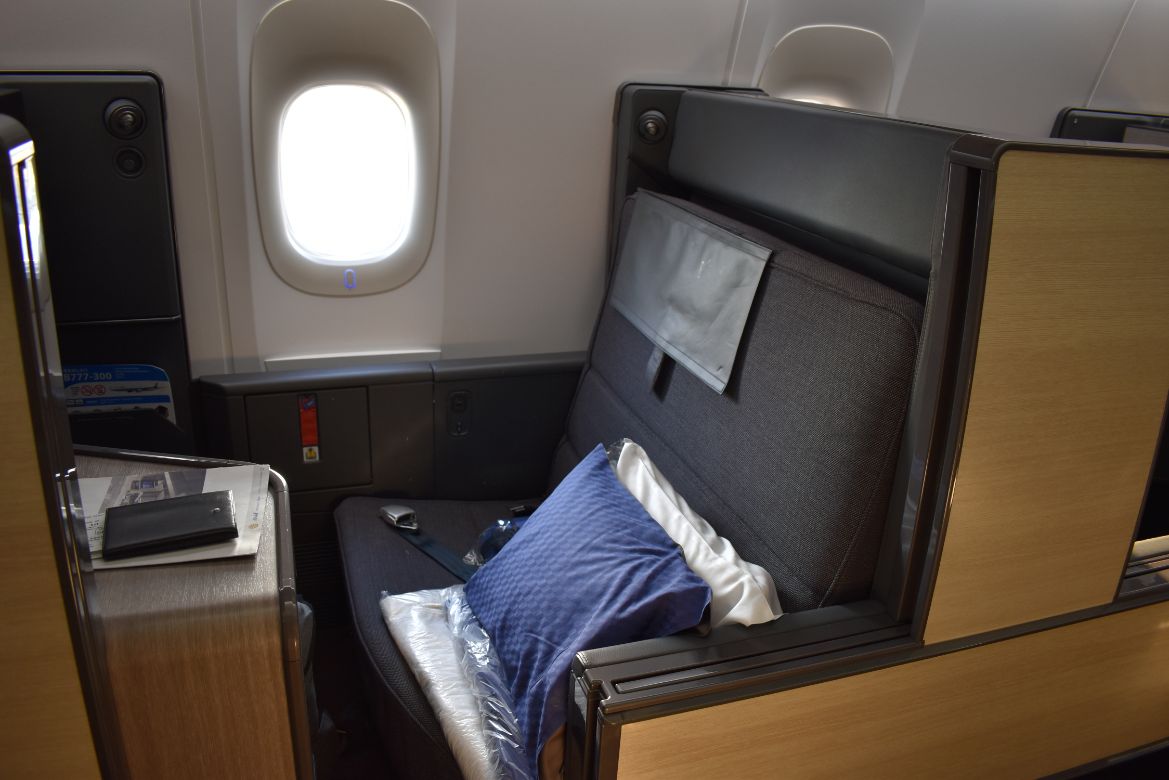
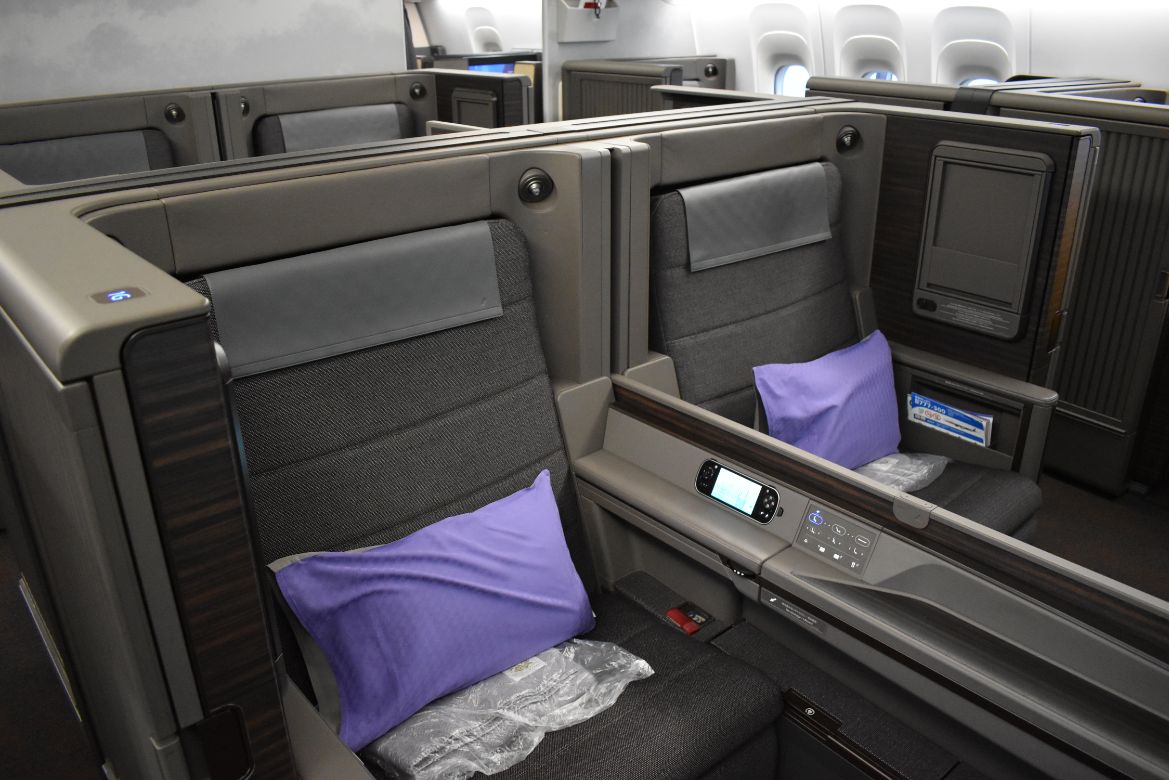
But in any case, a dedicated camera poses its own problems. It’s one more thing to carry around, I can’t whip it out as easily as a phone, and it needs its own batteries and charger. I also missed the convenience of an always-connected phone, which would push my latest photos automatically to the cloud.
Moreover, there’s one big problem with a dedicated camera: it attracts attention. I’ve mentioned the social stress of public photography (for whatever reason, some people believe they’re interesting enough that every time you point a camera in their general direction you must be trying to take a photo of them), and a camera phone is much more discreet in that respect.
Google Pixel 3 (2020-2021)
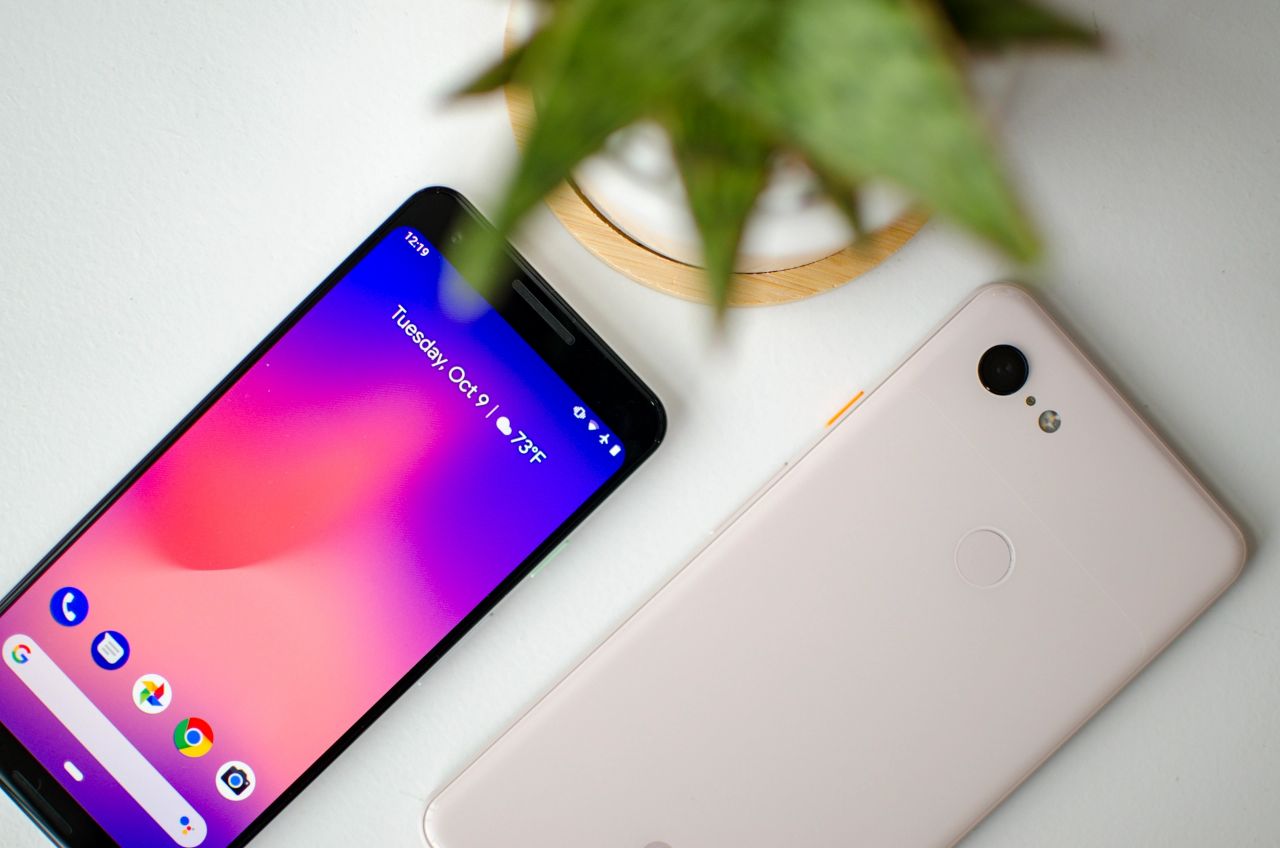
It was the dedicated cameras which made me realise I needed something idiot-proof, a small, portable point and shoot solution that would do all the heavy lifting for me.
That solution was the Google Pixel 3. I still remember the first combat deployment with this phone: hopping through the oneworld lounges in Terminal 1. All I had to do was snap, and Google’s algorithms did what this luddite could not. It was magical.

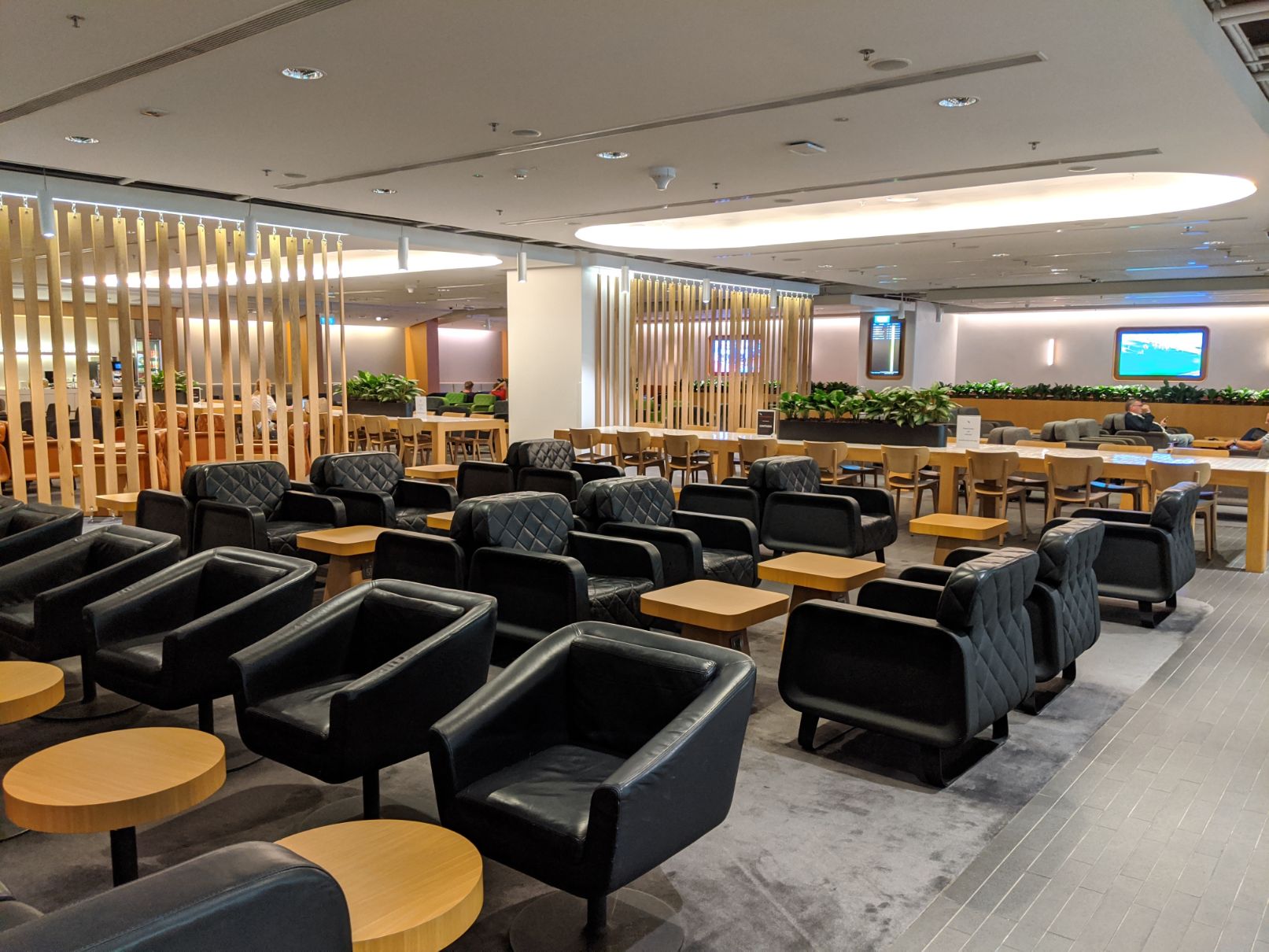

It wasn’t just lounges the Pixel 3 excelled with. Whether it was food, hotel rooms, cabin photos or outdoor environments, everything came back good. I’d go so far as to say it made me excited about taking photos.
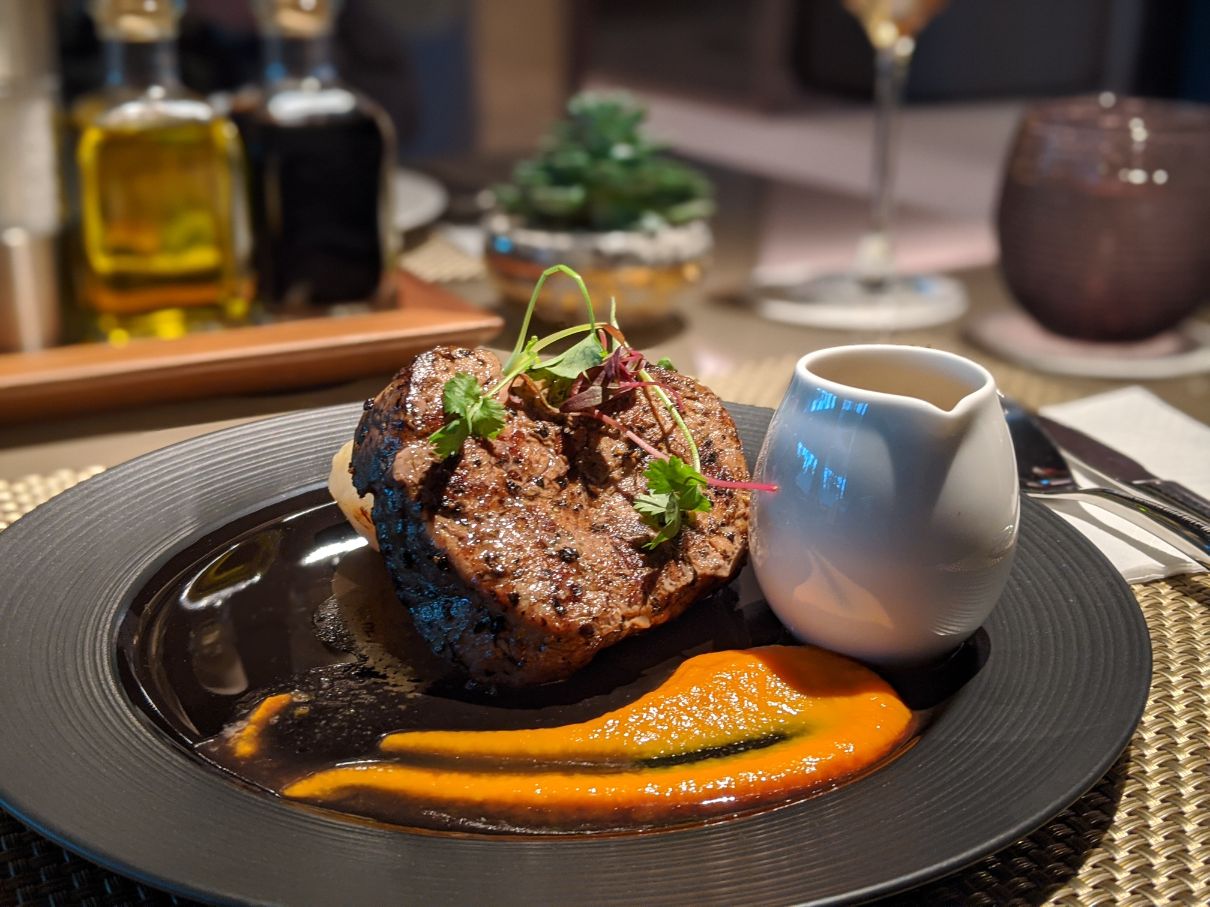


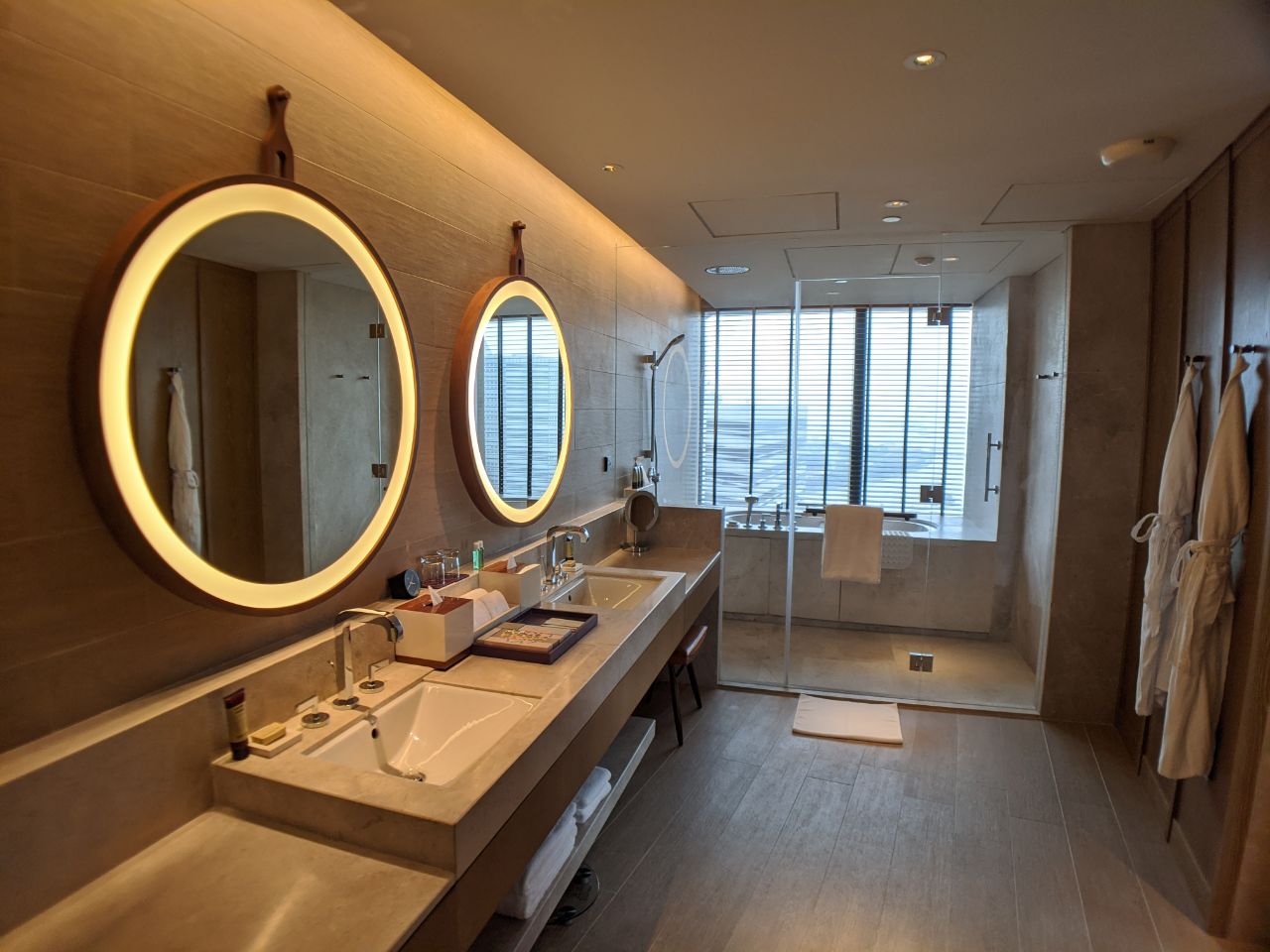
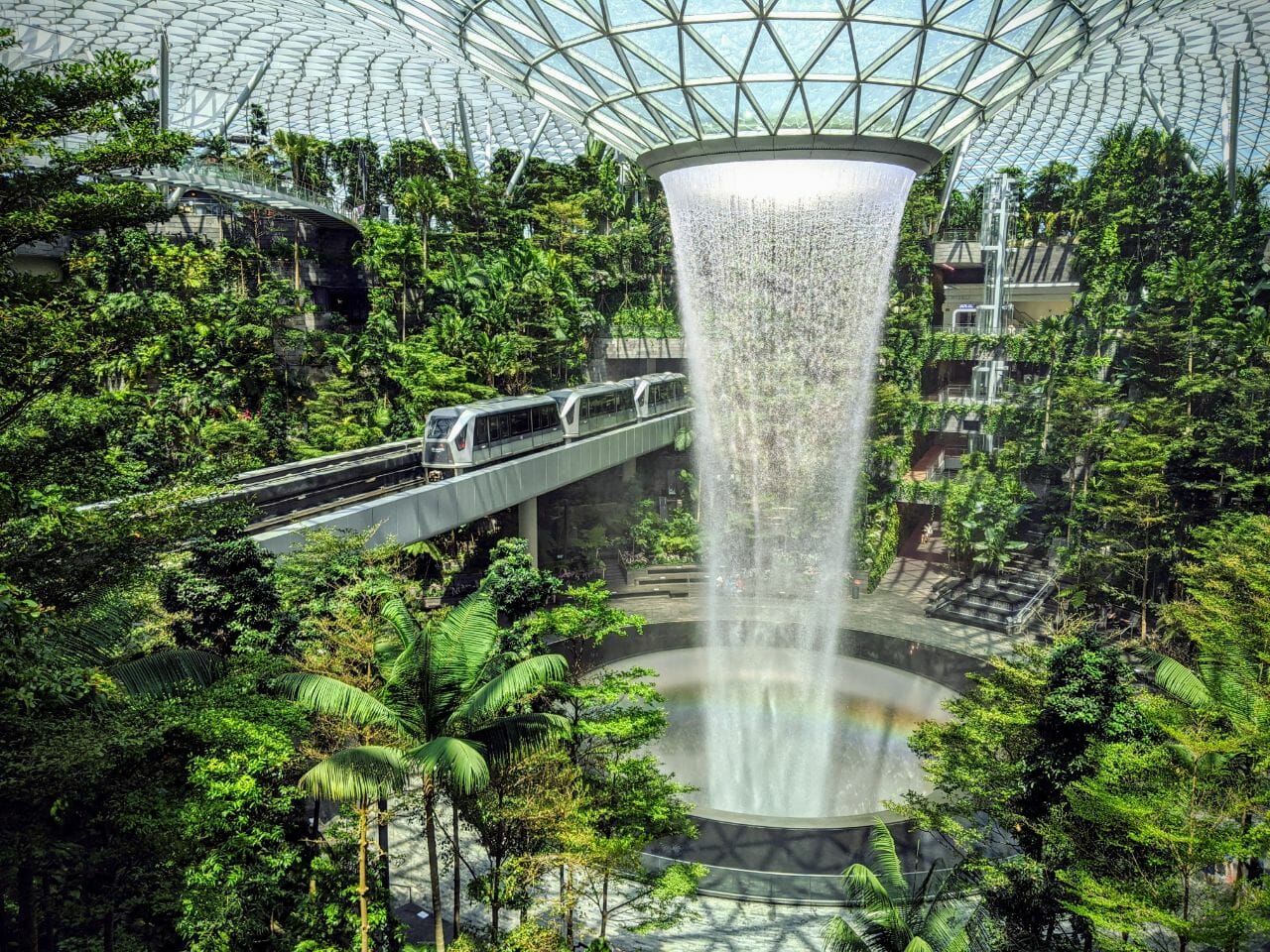
The Pixel 3 didn’t have a wide-angle lens, however, so I had to buy an external Xenvo attachment. Not only was this bulky, it also created some distortion and blurring around the edges.
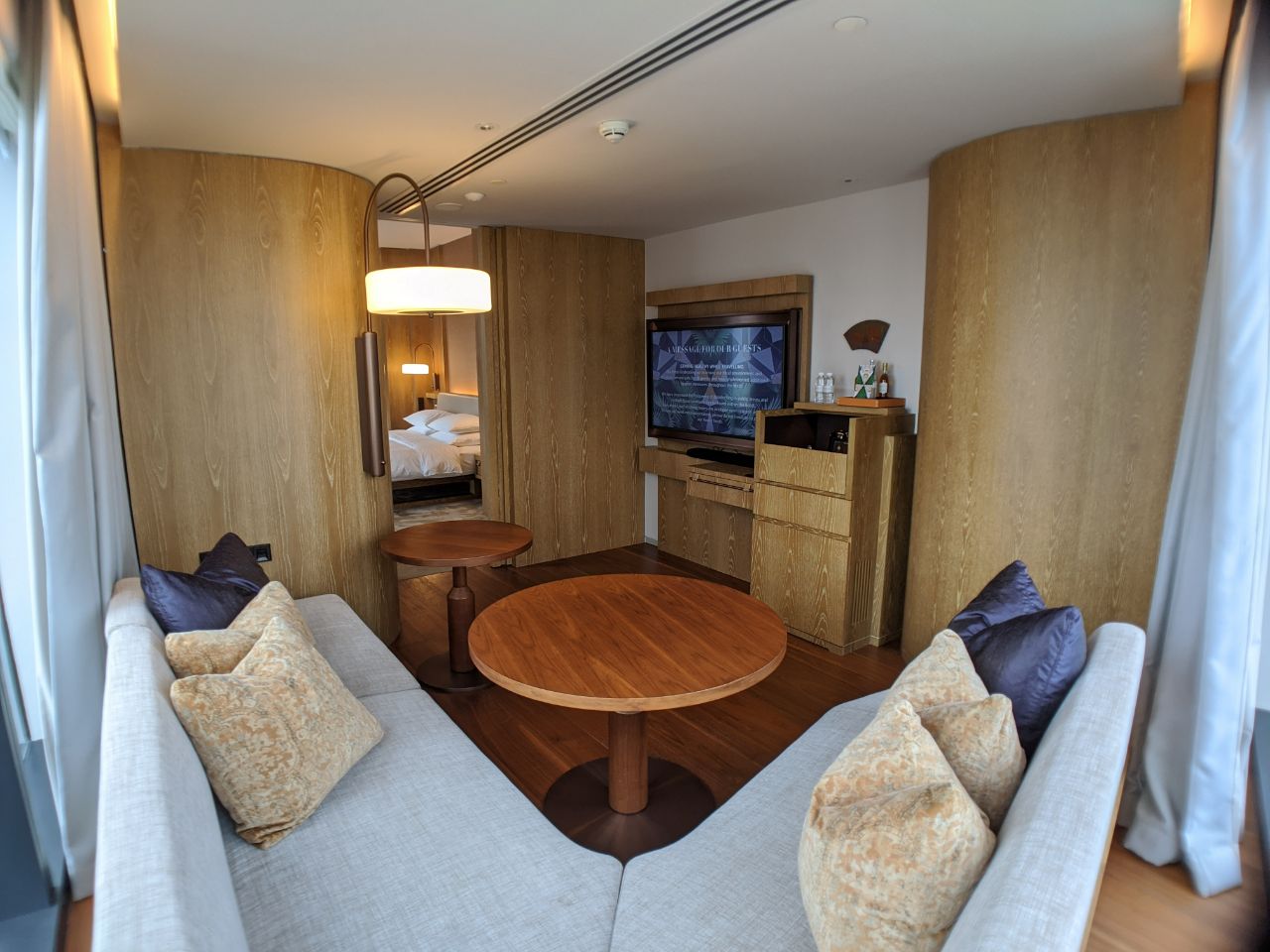
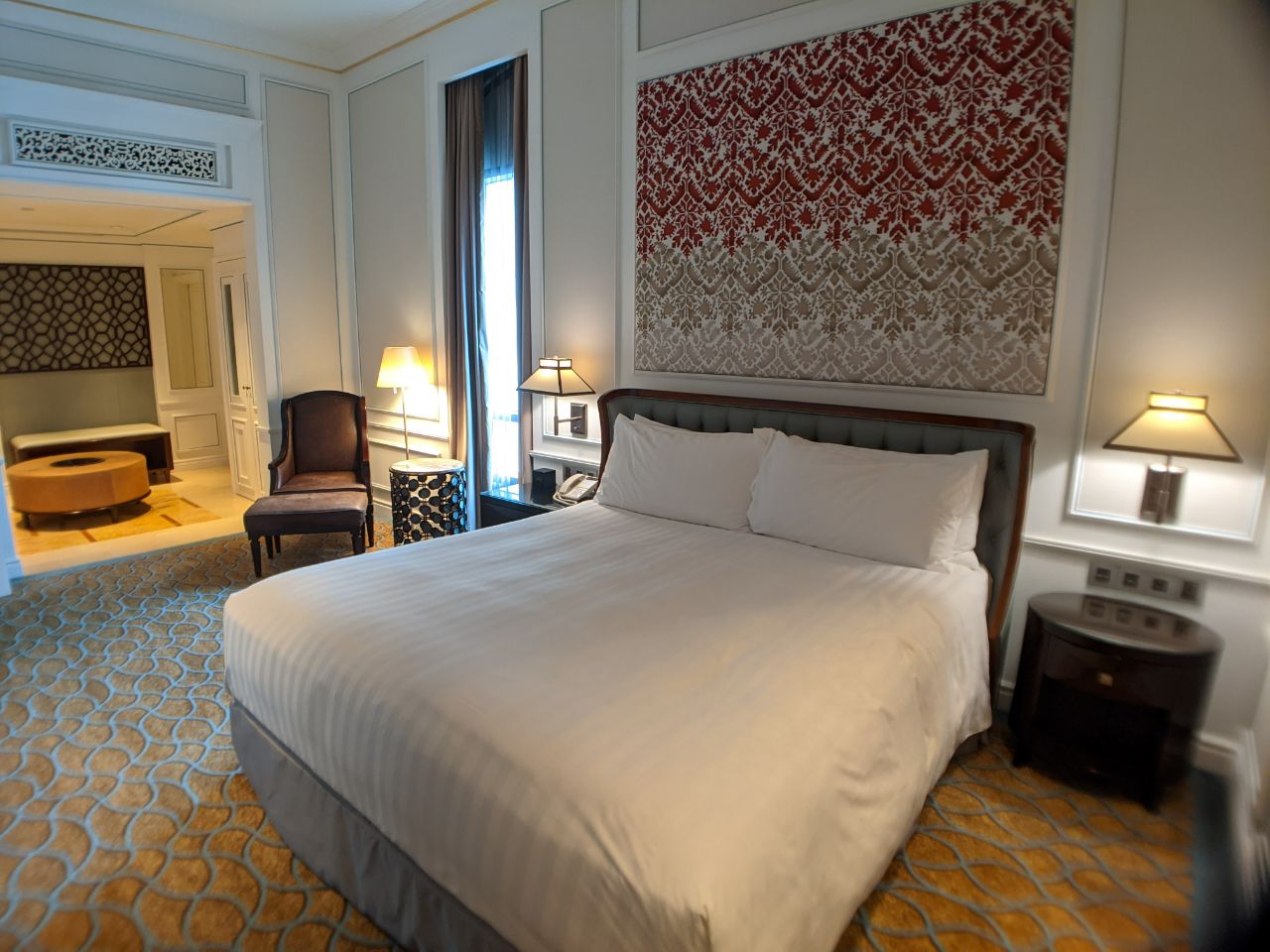
Samsung Galaxy S10 (2021)
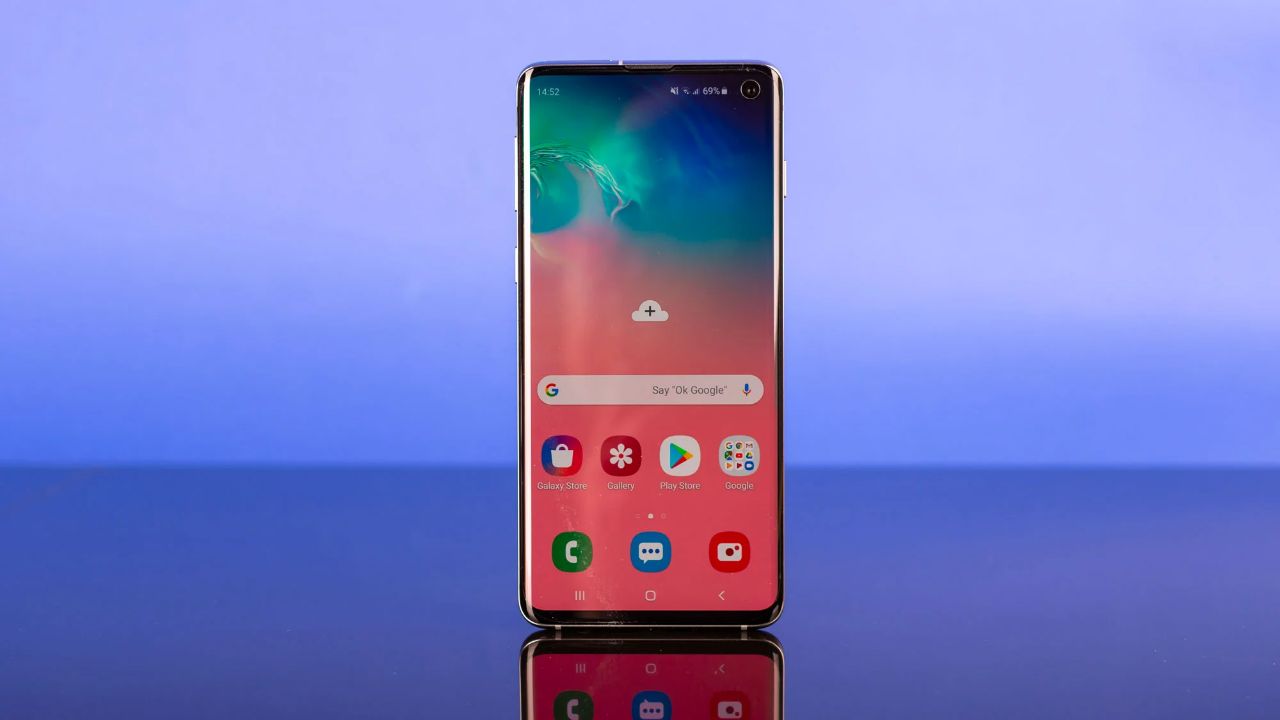
I eventually upgraded my Google Pixel 3 to a second-hand Samsung Galaxy S10 in January 2021, so that I’d always have a wide angle lens on hand.
This phone was my faithful companion throughout most of 2021, and in addition to various staycations, saw overseas action when borders reopened in September 2021 under the VTL scheme. All in all, it performed four overseas tours of duty: Germany (twice), South Korea and Australia.
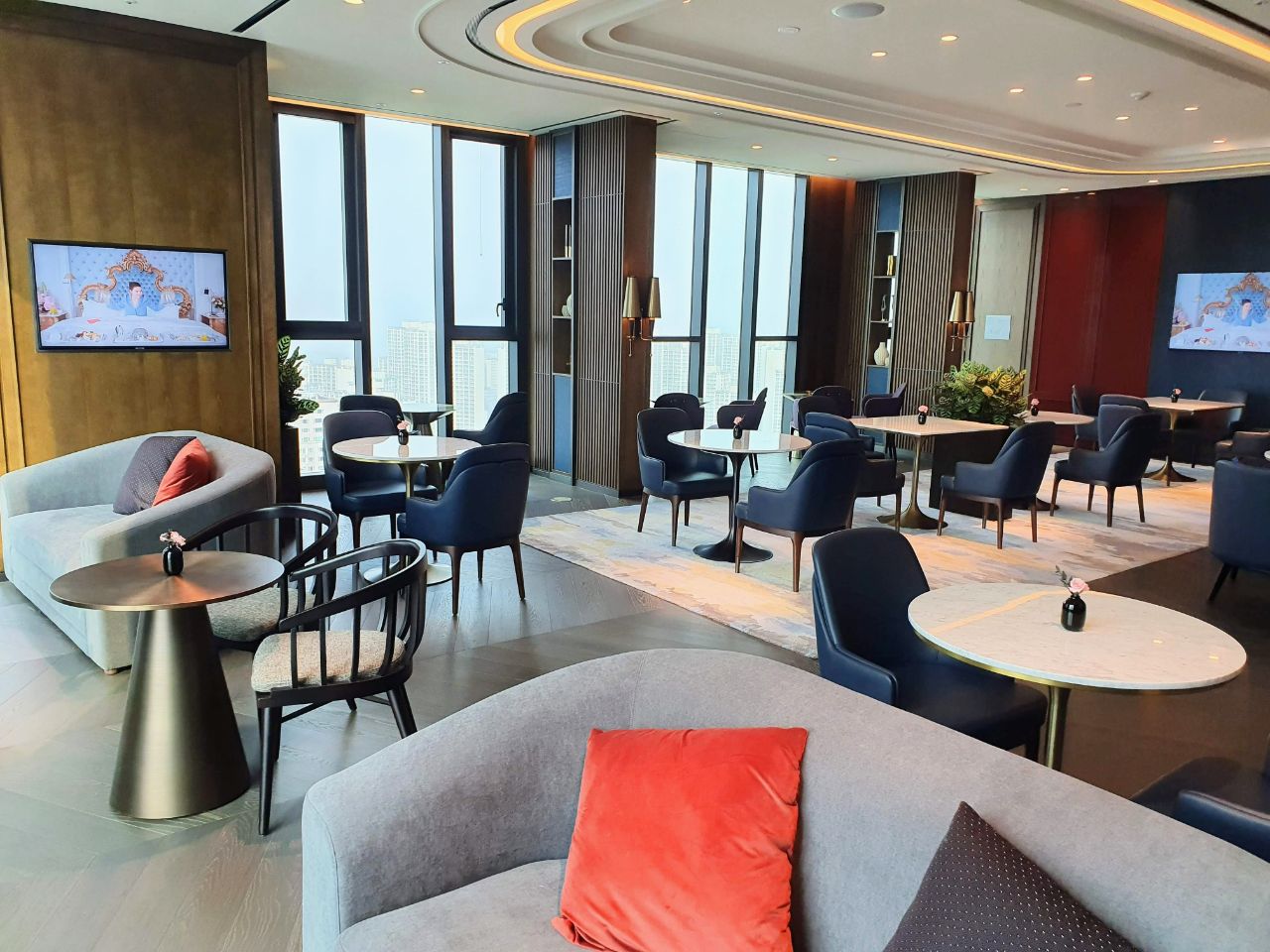
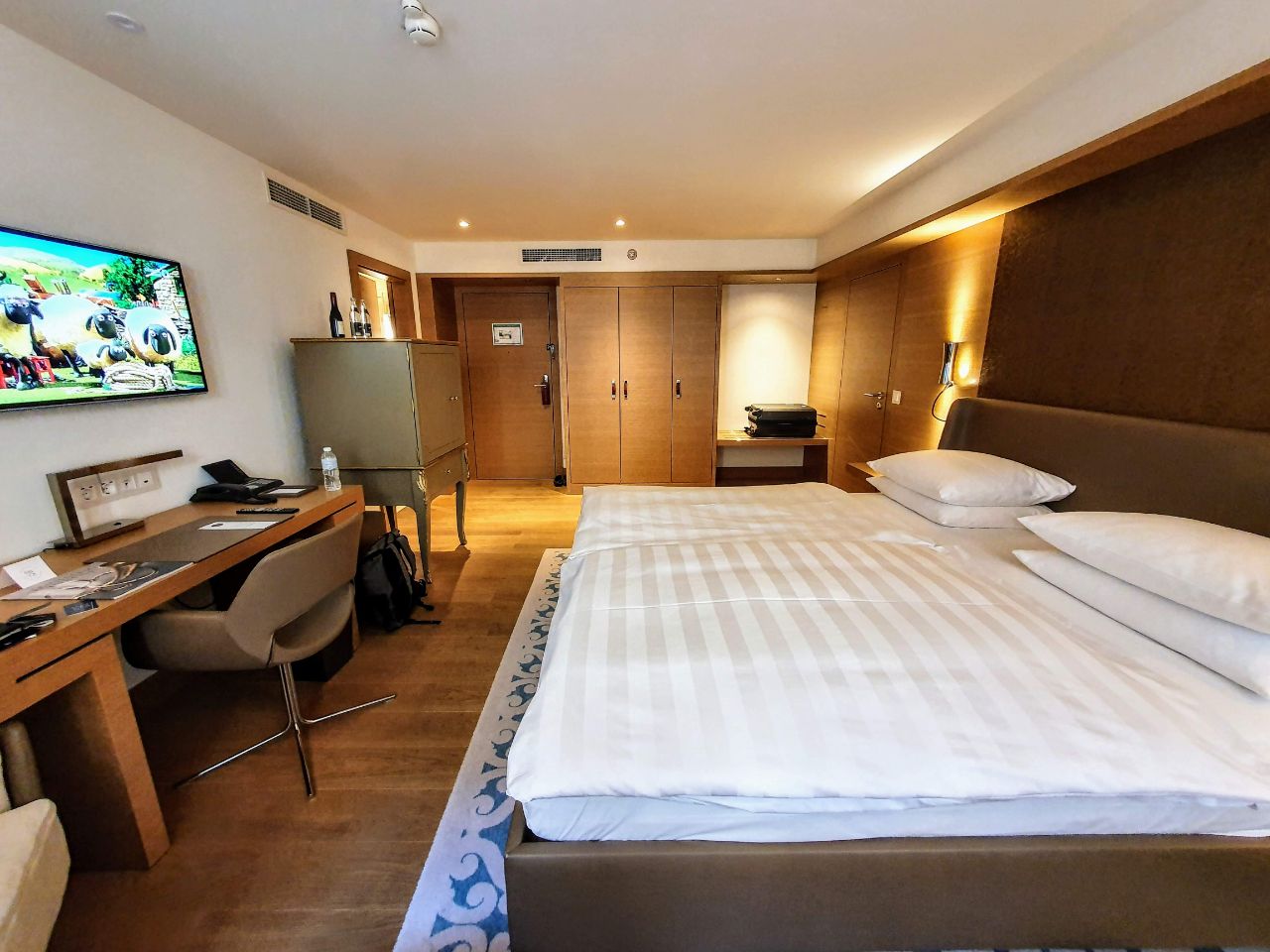
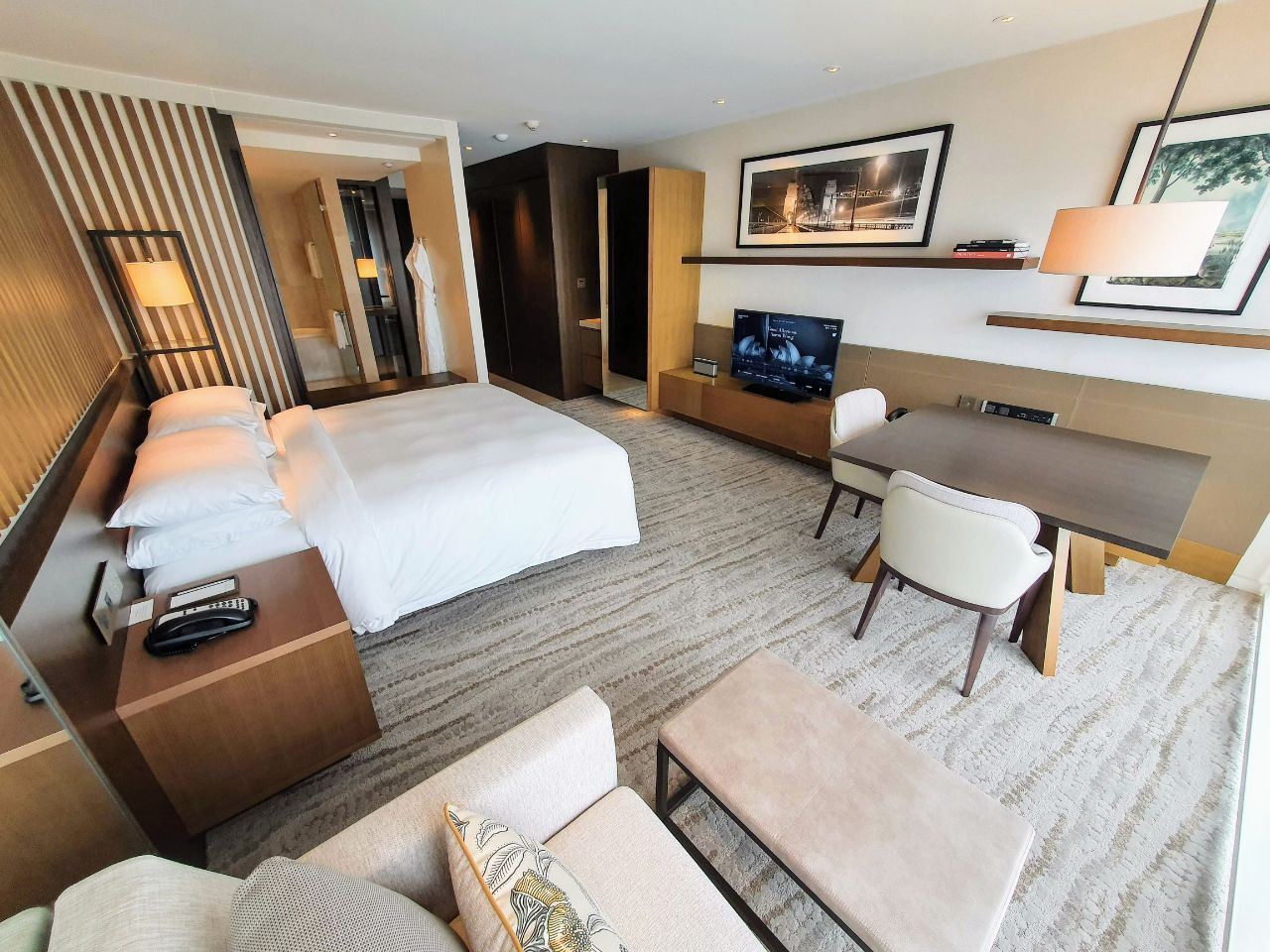
The 0.5X mode was particularly useful for cabin shots, providing a level of detail I just couldn’t capture on my Pixel 3. It was really convenient not having to carry a lens attachment around, and being able to switch between regular and wide angle shots almost instantaneously.
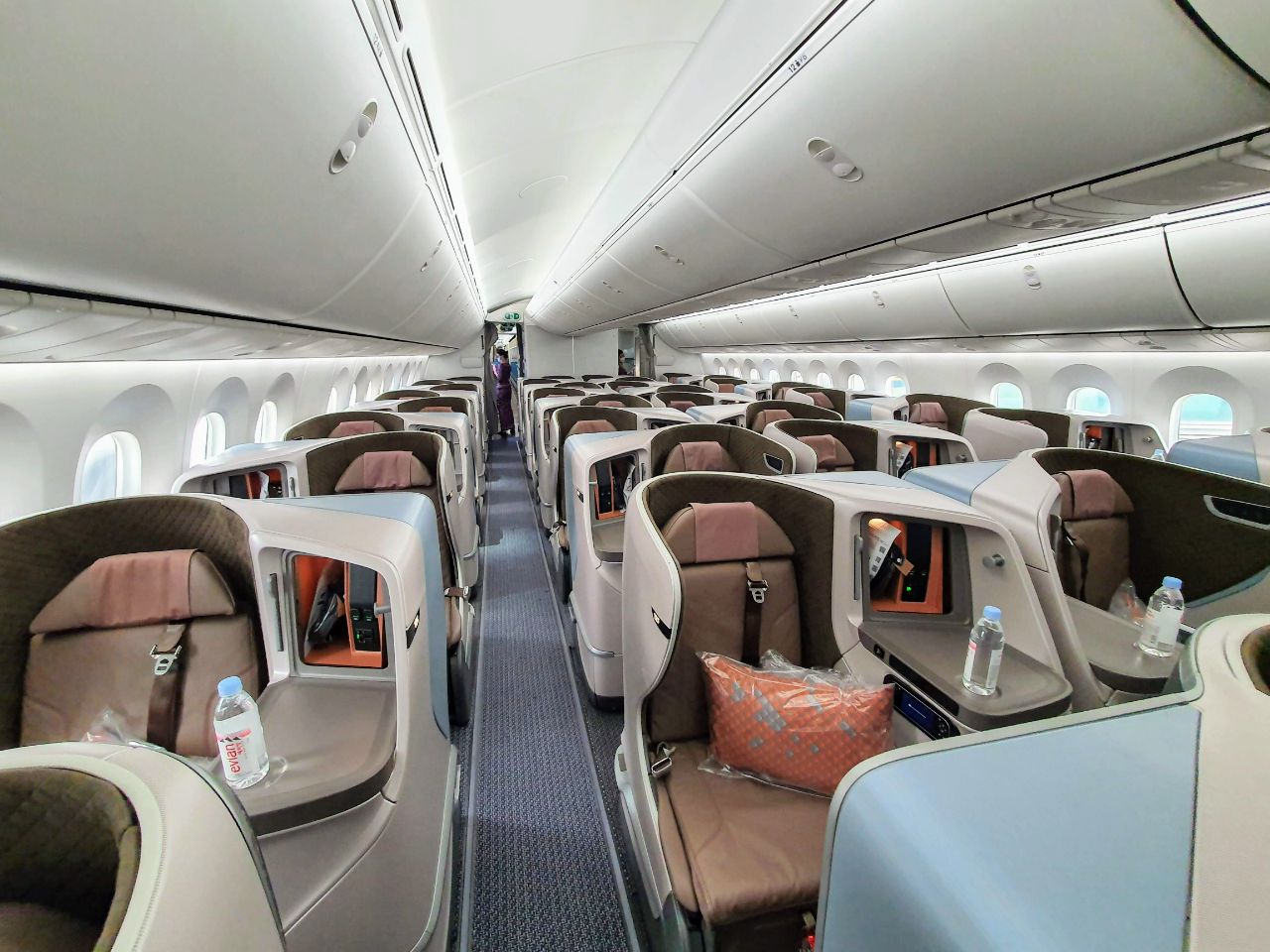
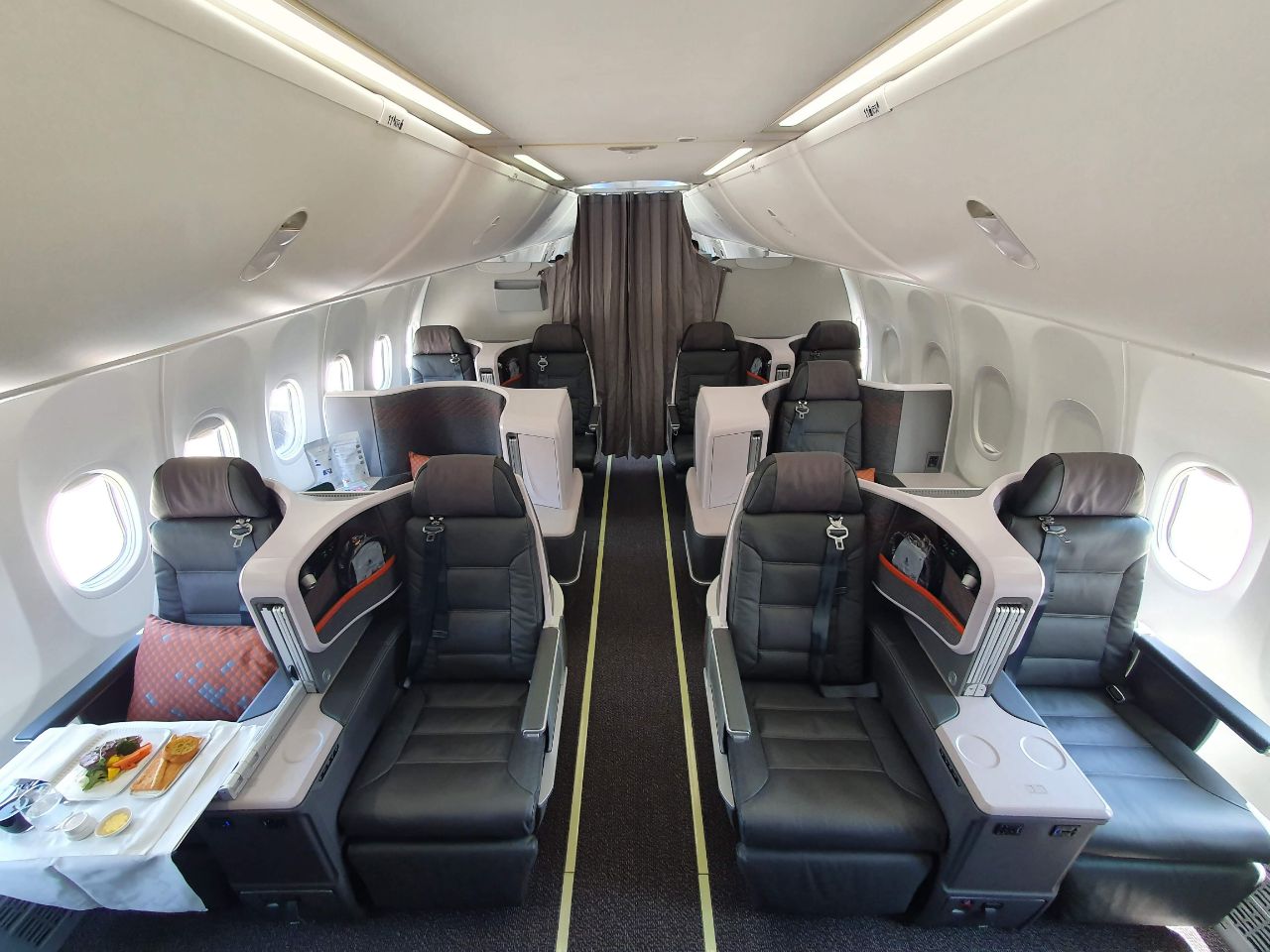
At the same time, I felt the low-light performance of the S10 was inferior to the Pixel 3. I noticed a lot more noise in the images, probably because Samsung’s post-processing wasn’t as adept as Google’s.
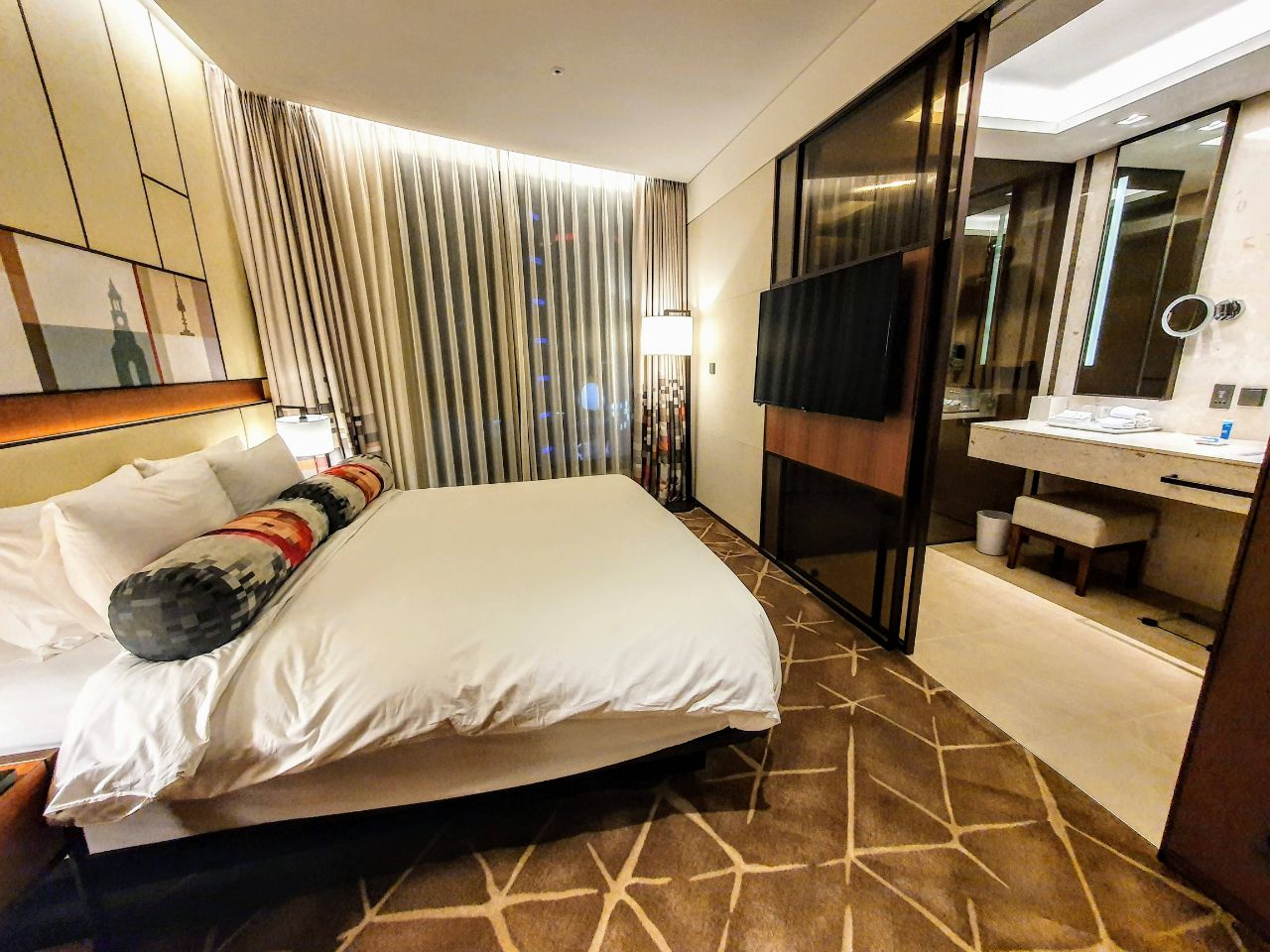
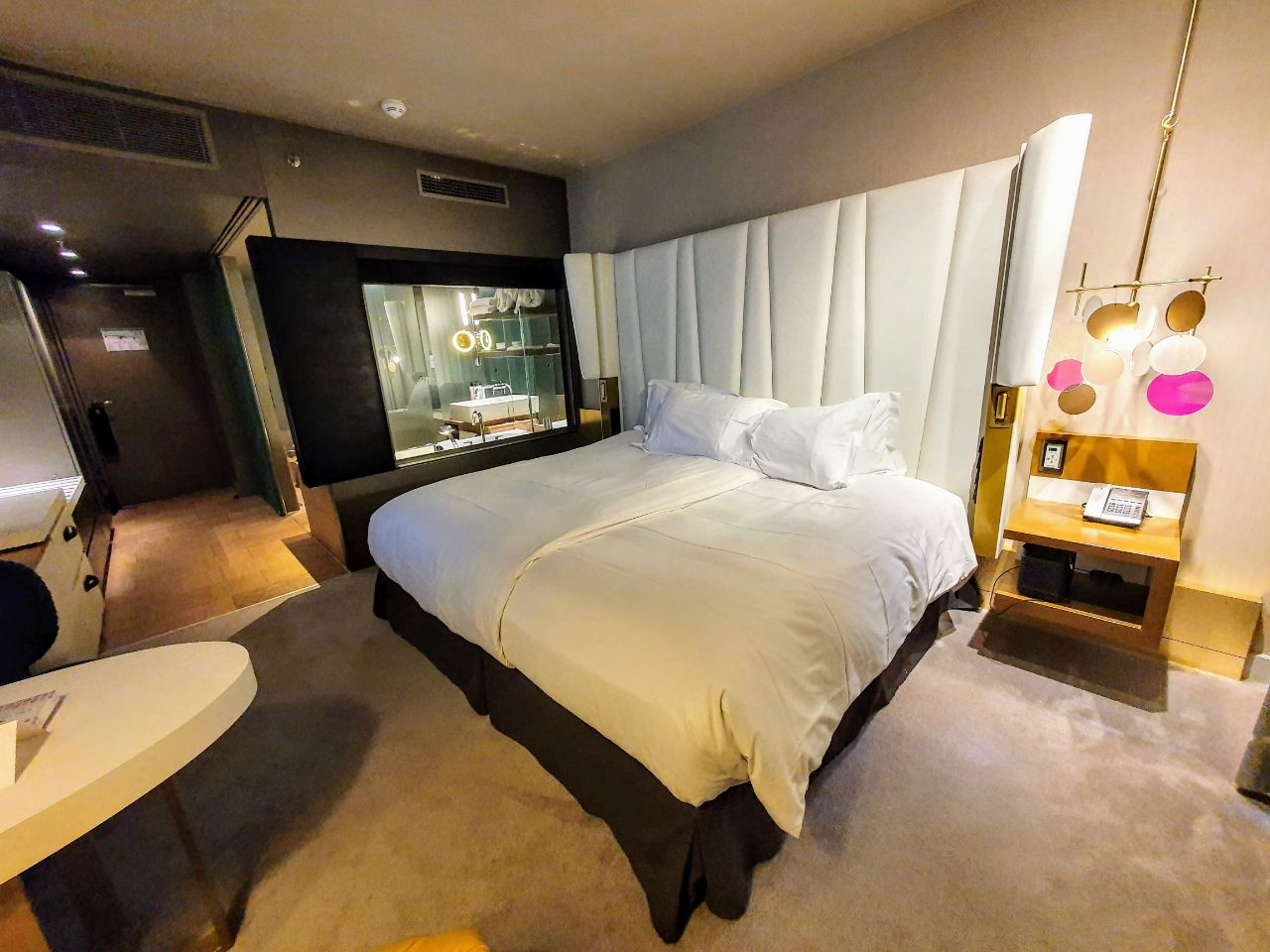
So the S10 was an improvement, but felt like a stop-gap solution while I awaited the phone I really wanted…
Pixel 6 Pro (2021-2022)

I was looking forward to the Pixel 6 Pro so much that I bought it during my Australia trip in November 2021, four months before it became available in Singapore.
In my mind, this was meant to be the phone to end all phones, thanks to its triple lens setup and Google-powered software magic. To be sure, my Pixel 6 Pro has given me some great-looking photos.
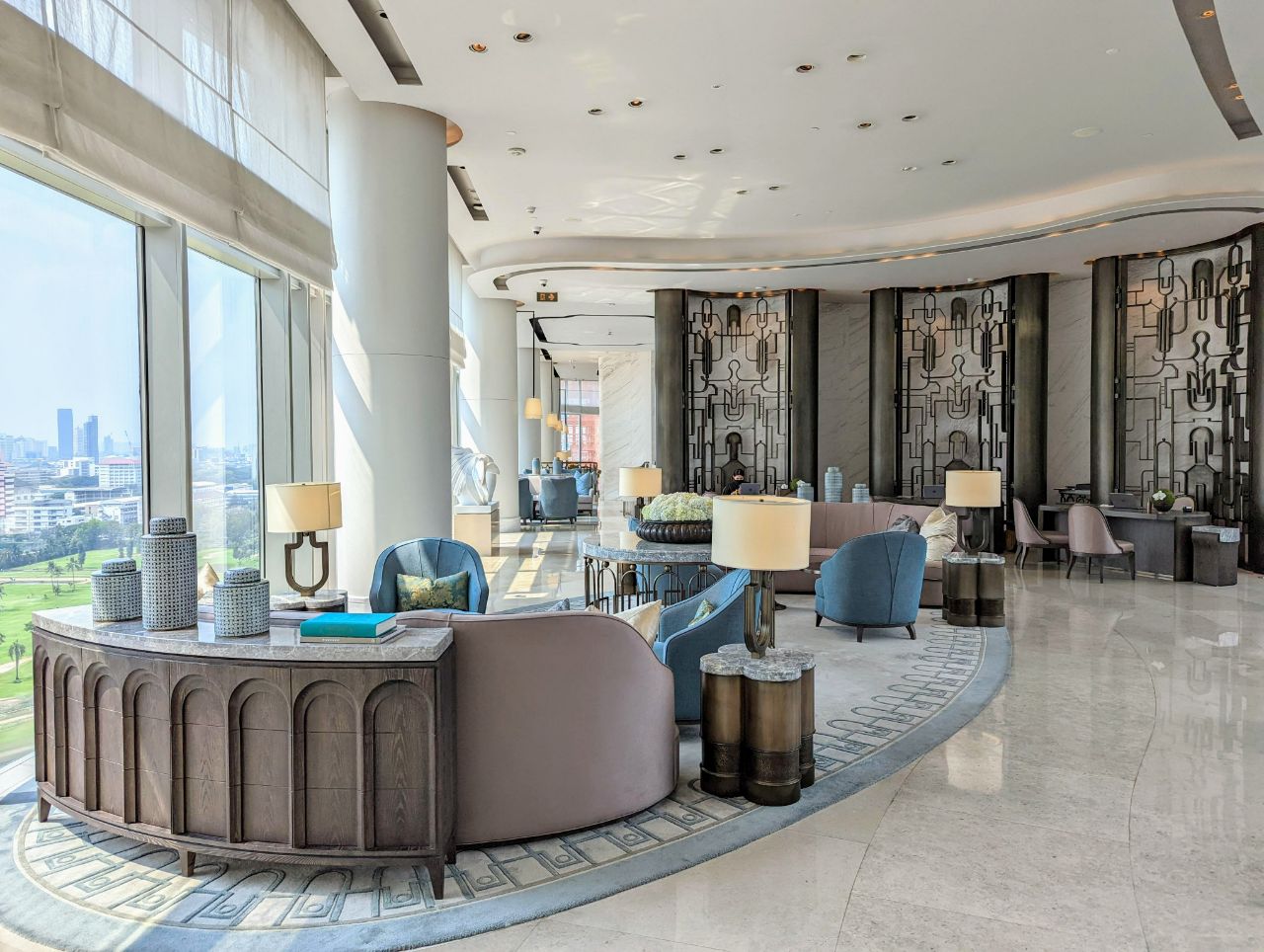
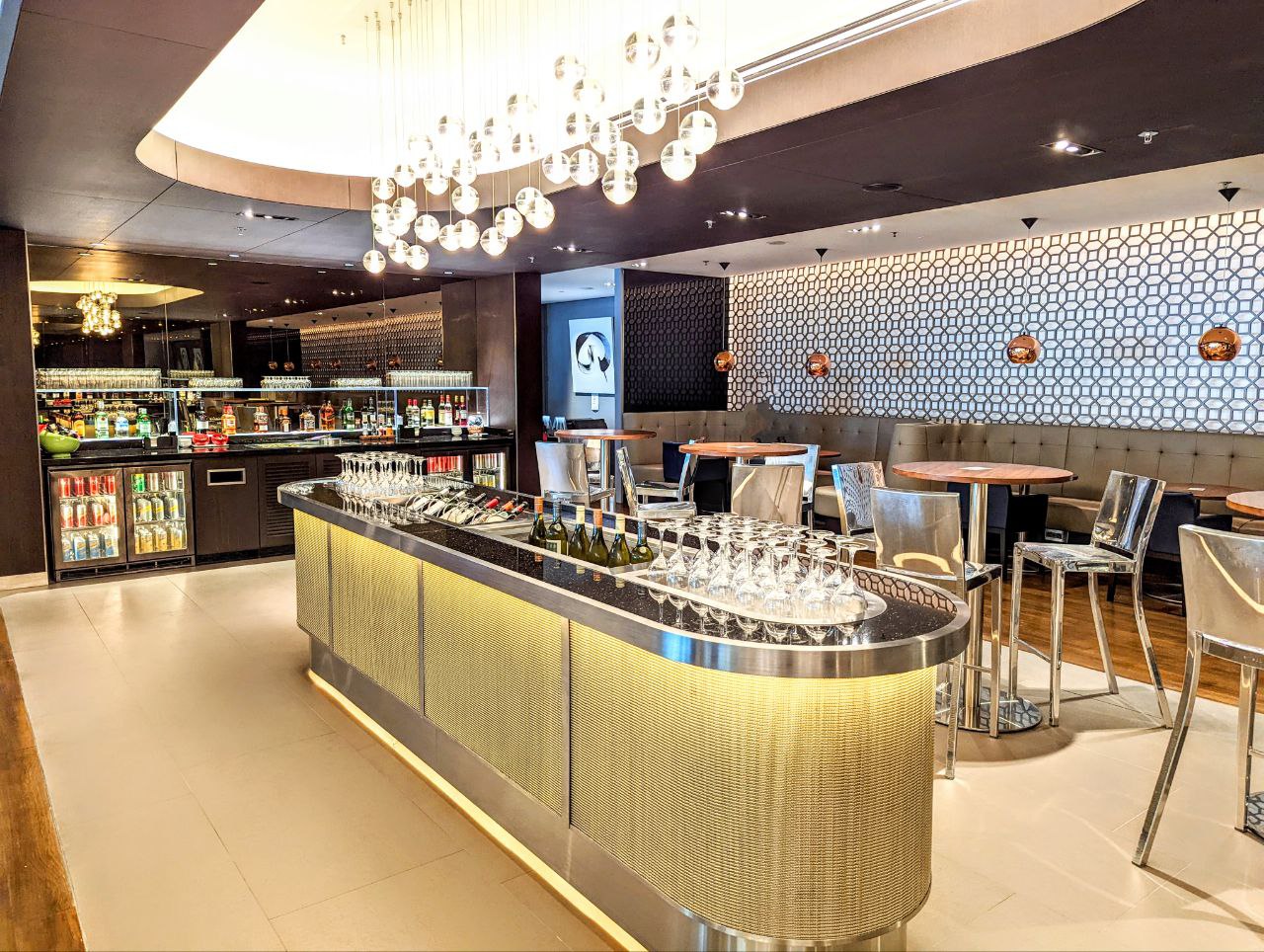
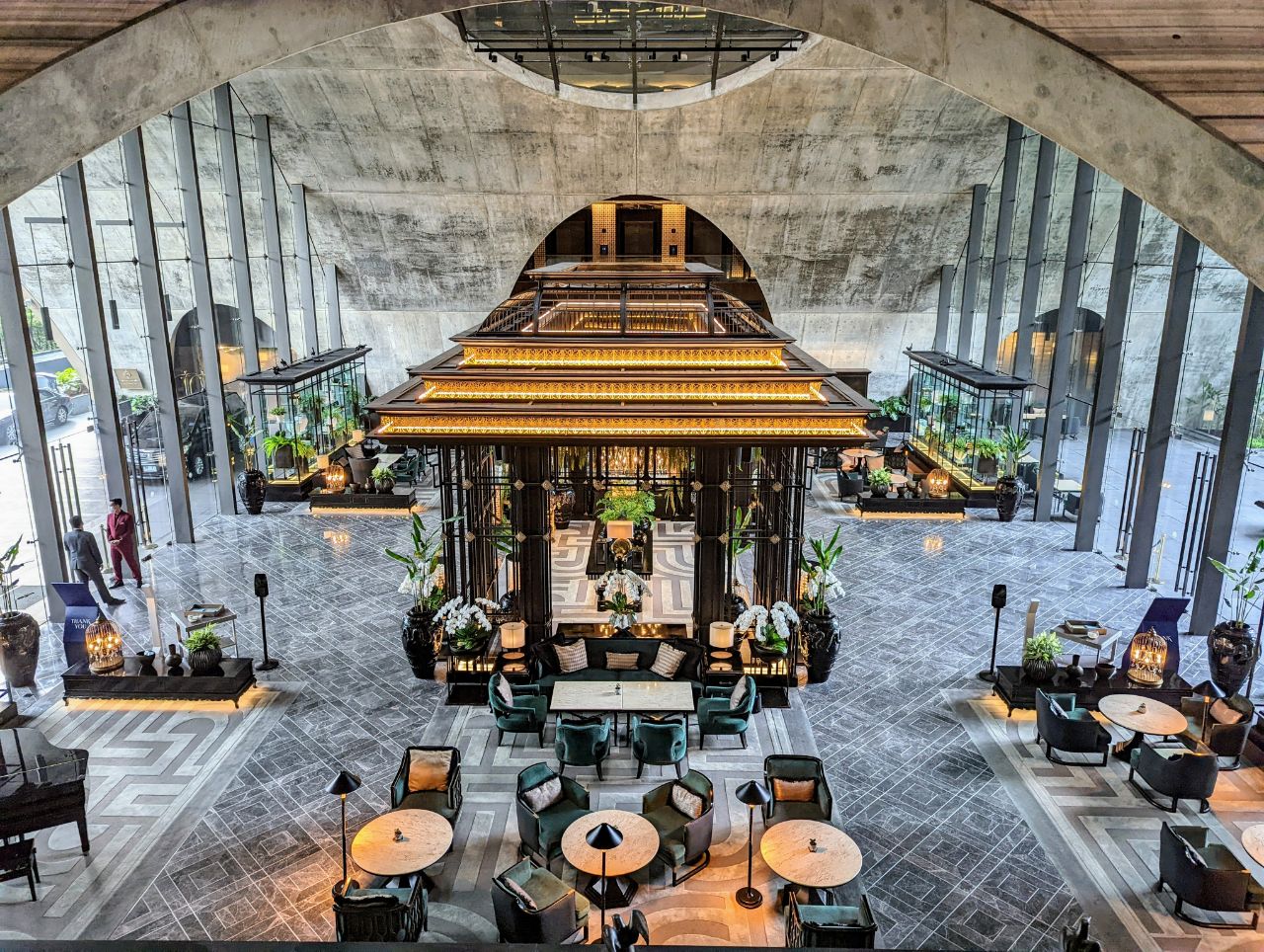
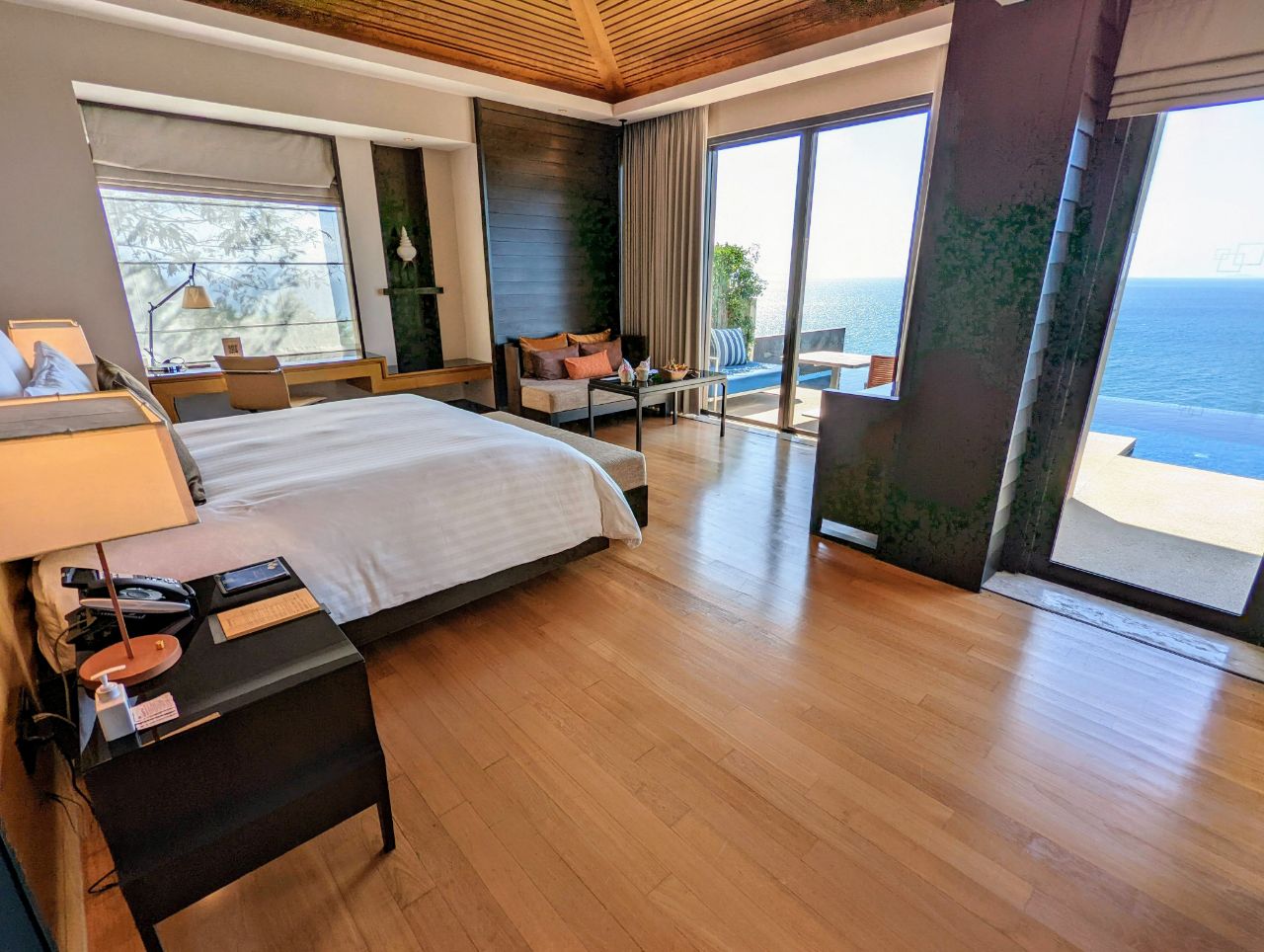
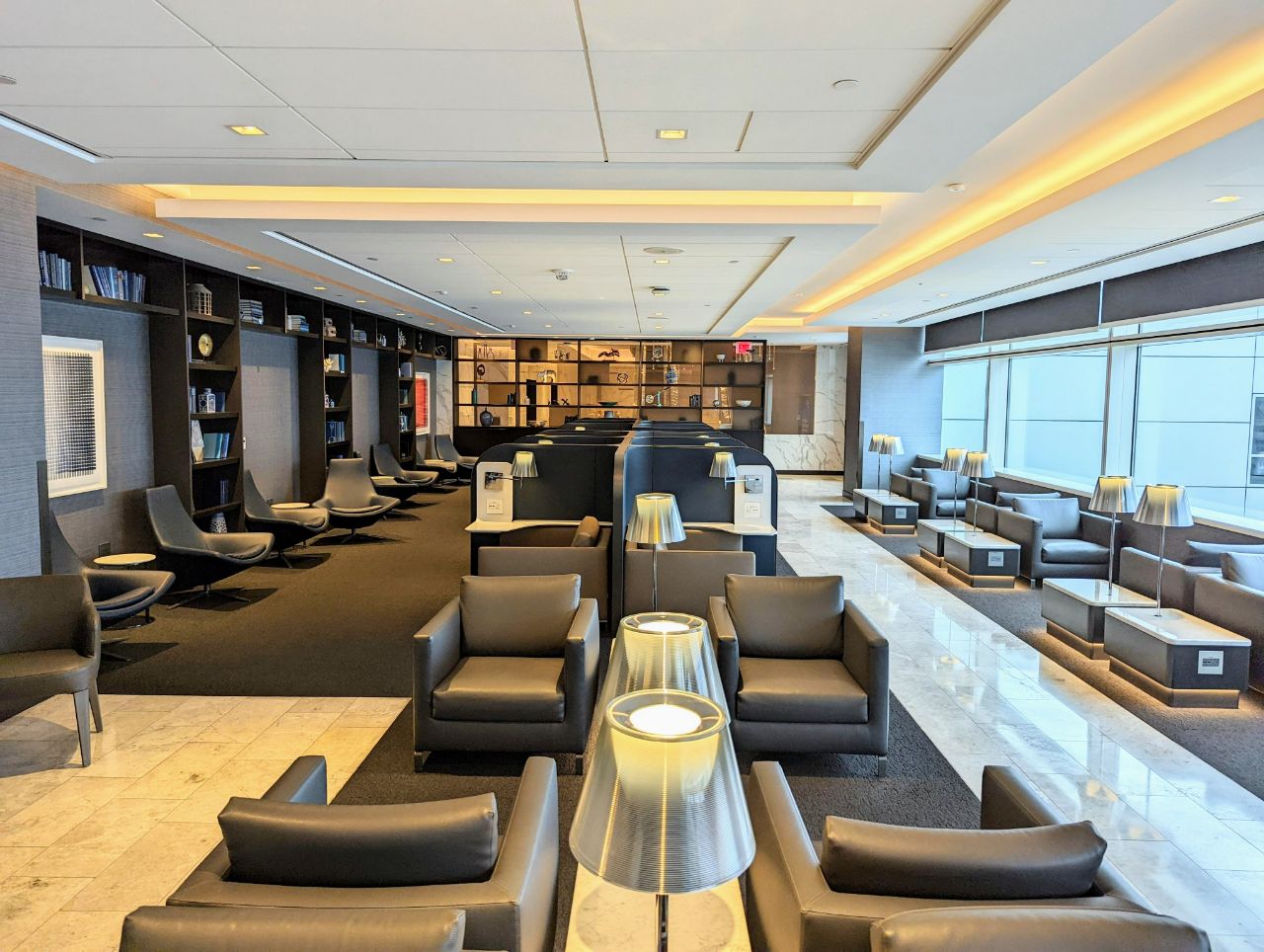
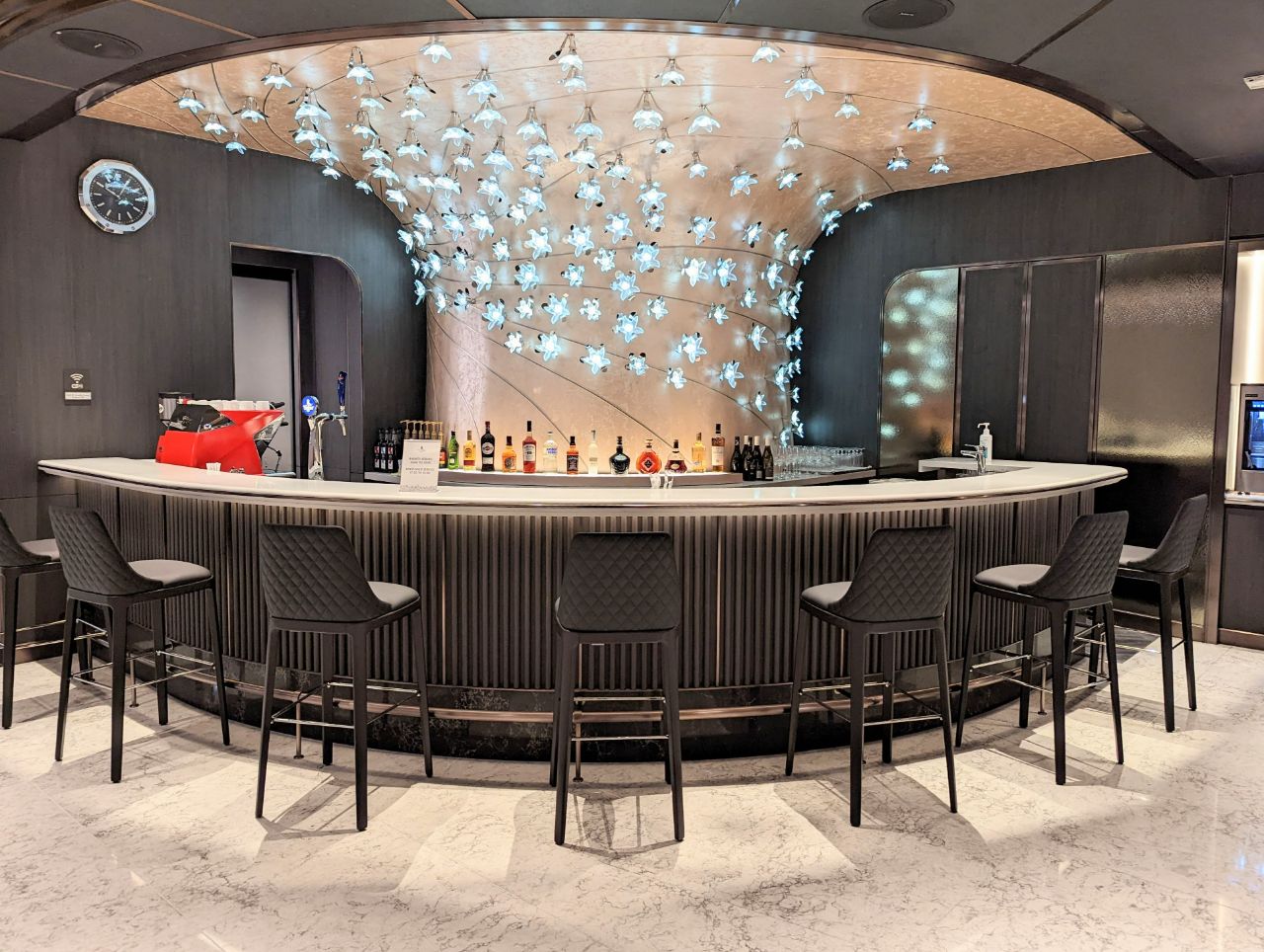
But it’s not just the hardware. One of my favourite features of the Pixel 6 Pro is Magic Eraser, which helps me deal with a common problem: people getting in the way of shots.
For example, consider this photo below from the Sofitel Sydney Darling Harbour. I was trying to get shots of the pool, but there were people inside (the nerve!). Normally this would mean having to come back again later, but thanks to the Magic Eraser function…
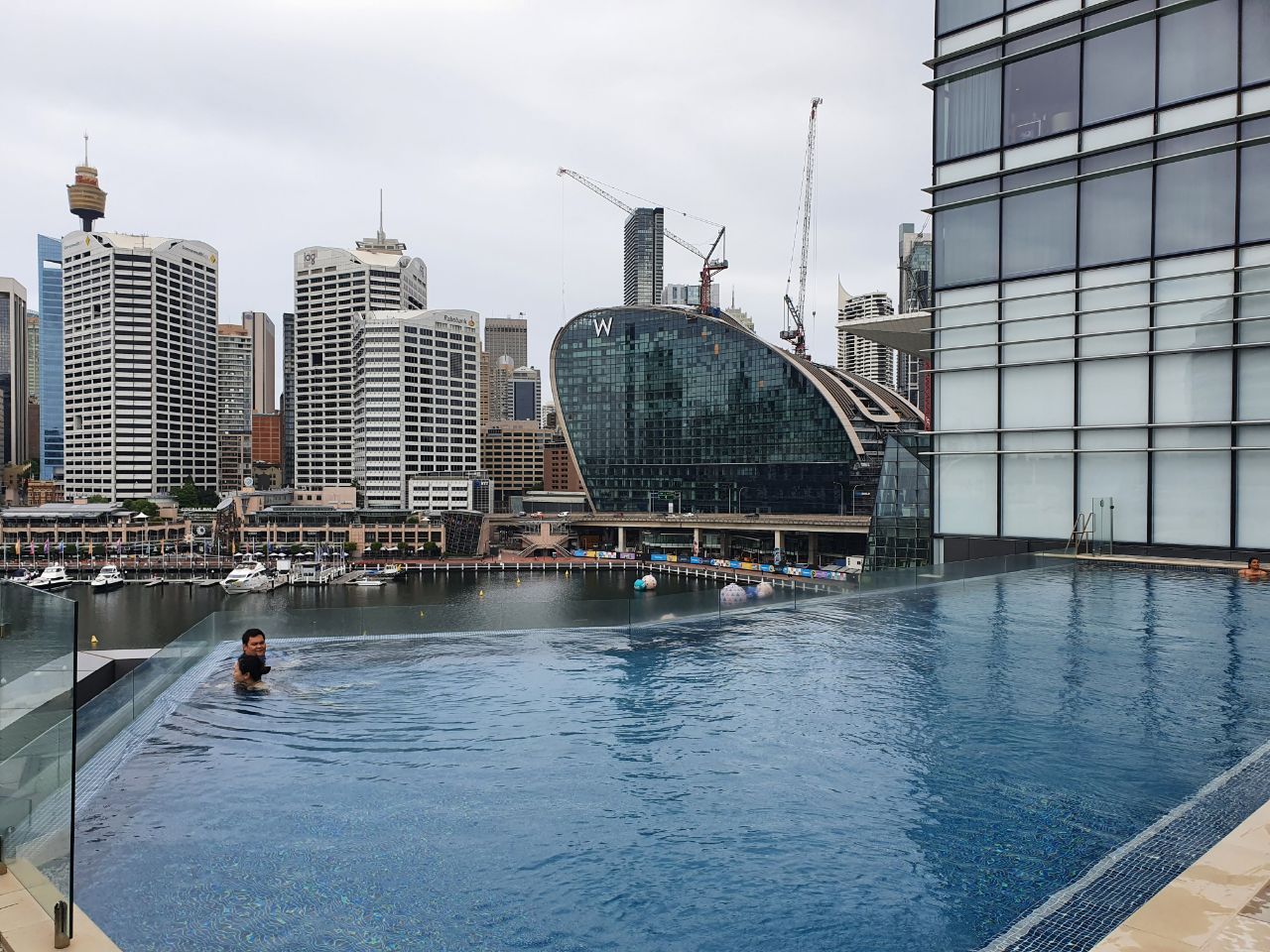
…behold!
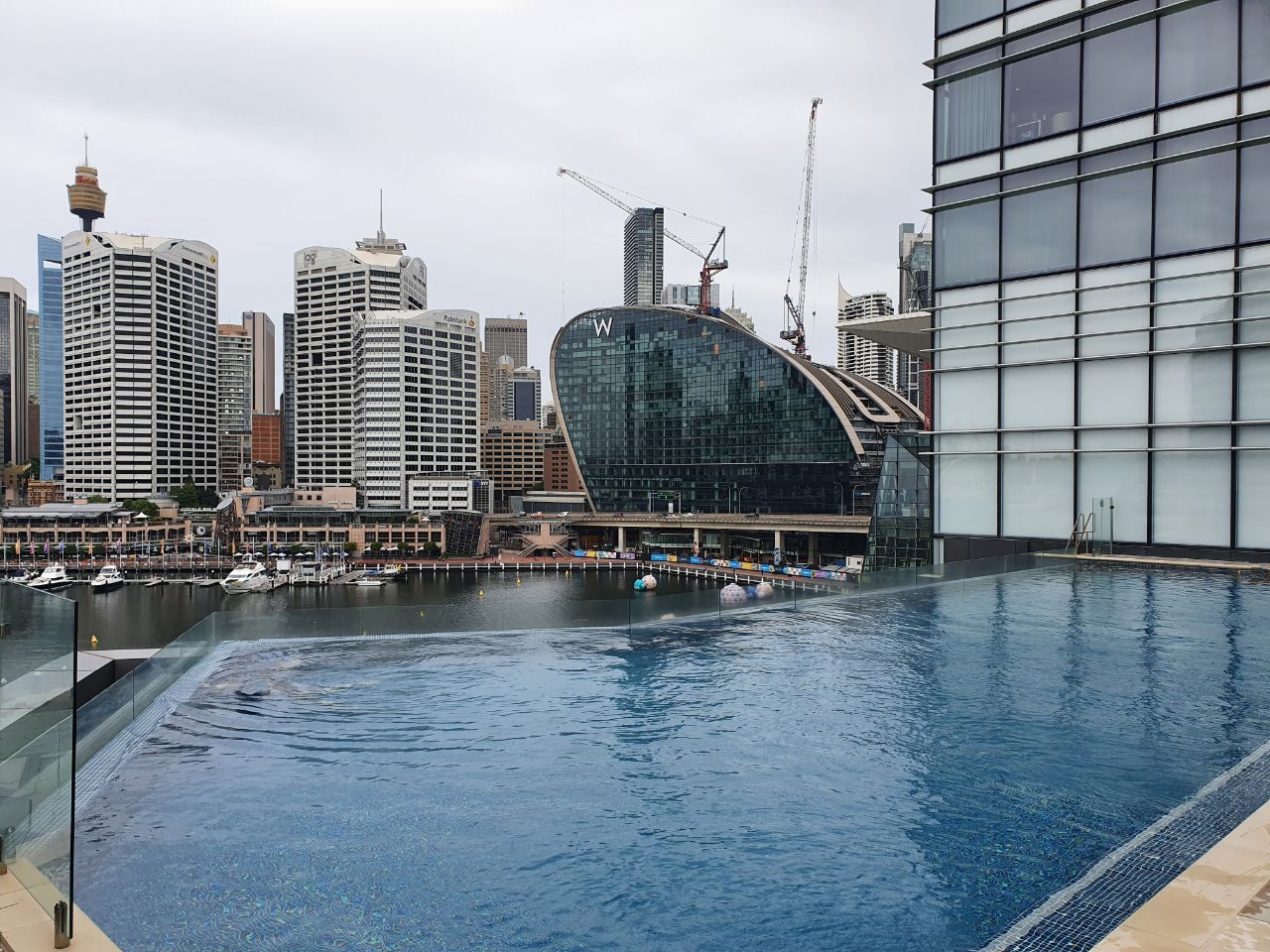
The other great use case is mirrors. Hotel bathrooms are usually difficult to photograph, because unless you’re fond of squatting, you might end up with something like this.
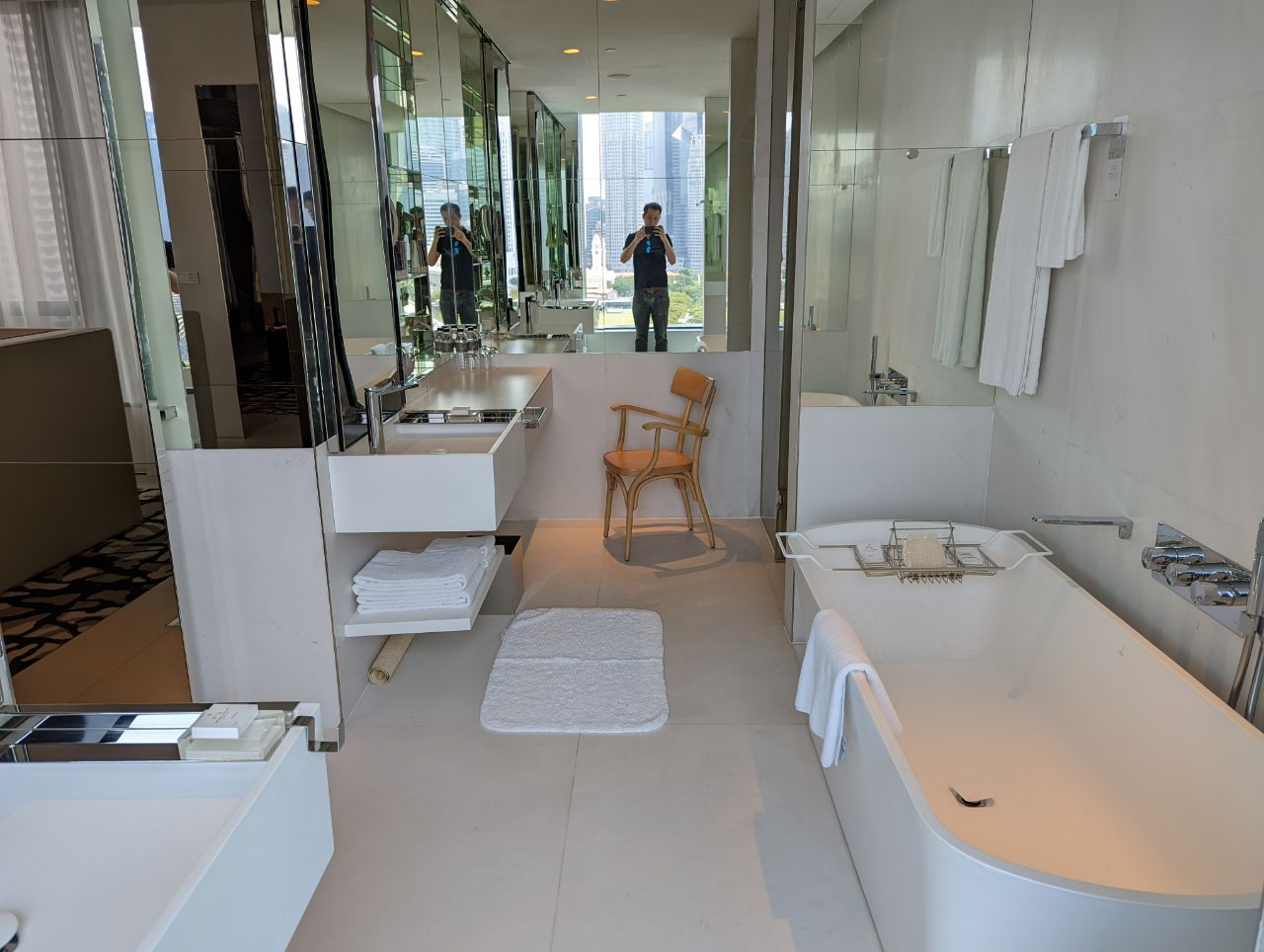
But two taps of the magic eraser, and poof!
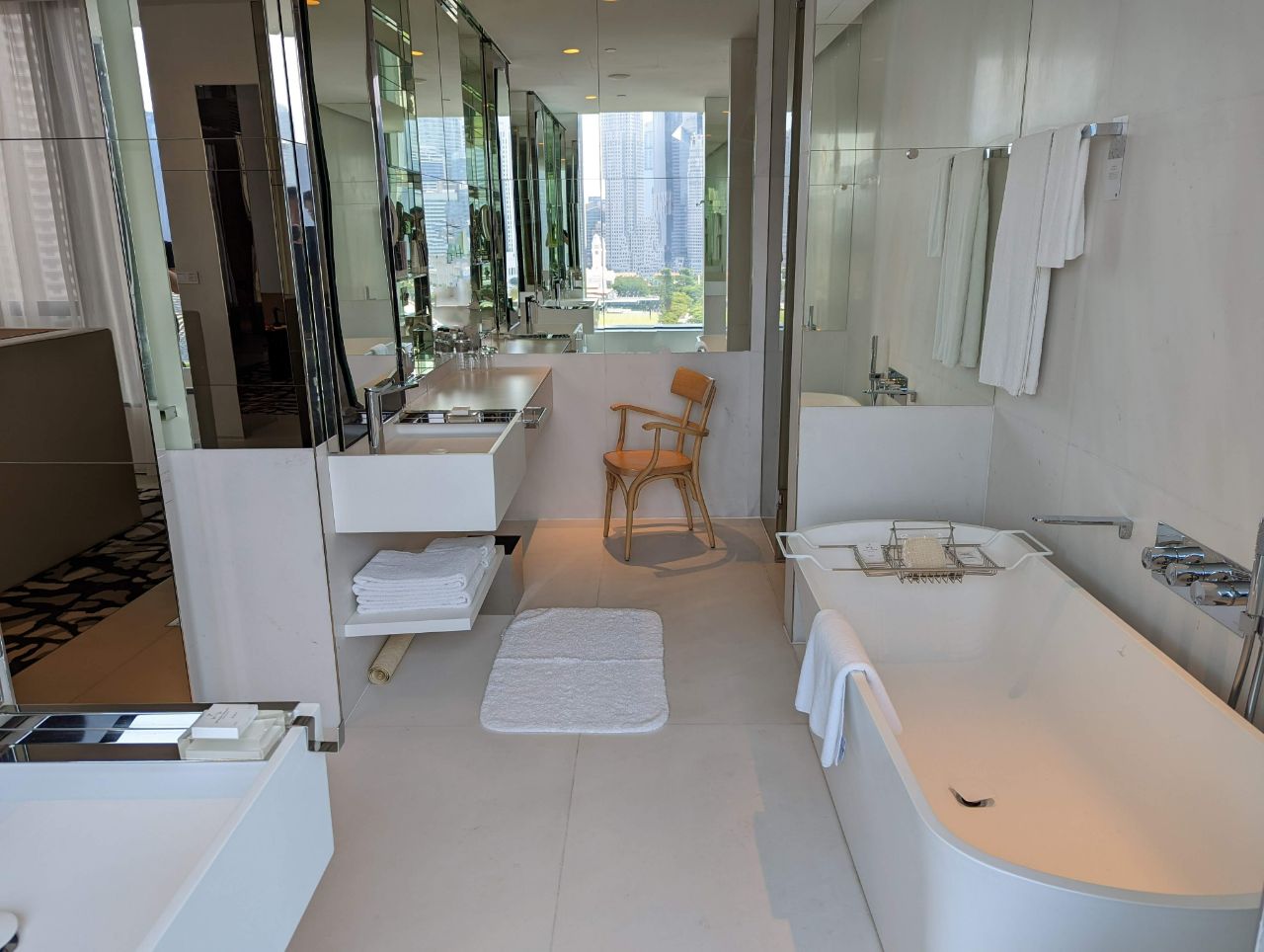
The Magic Eraser works best when there’s a constant background to clone, so unfortunately it can’t automagically empty out an airplane cabin. Sometimes the results don’t look very good either, such as this shot of Singapore Airlines’ First Class cabin on a B777-300ER.
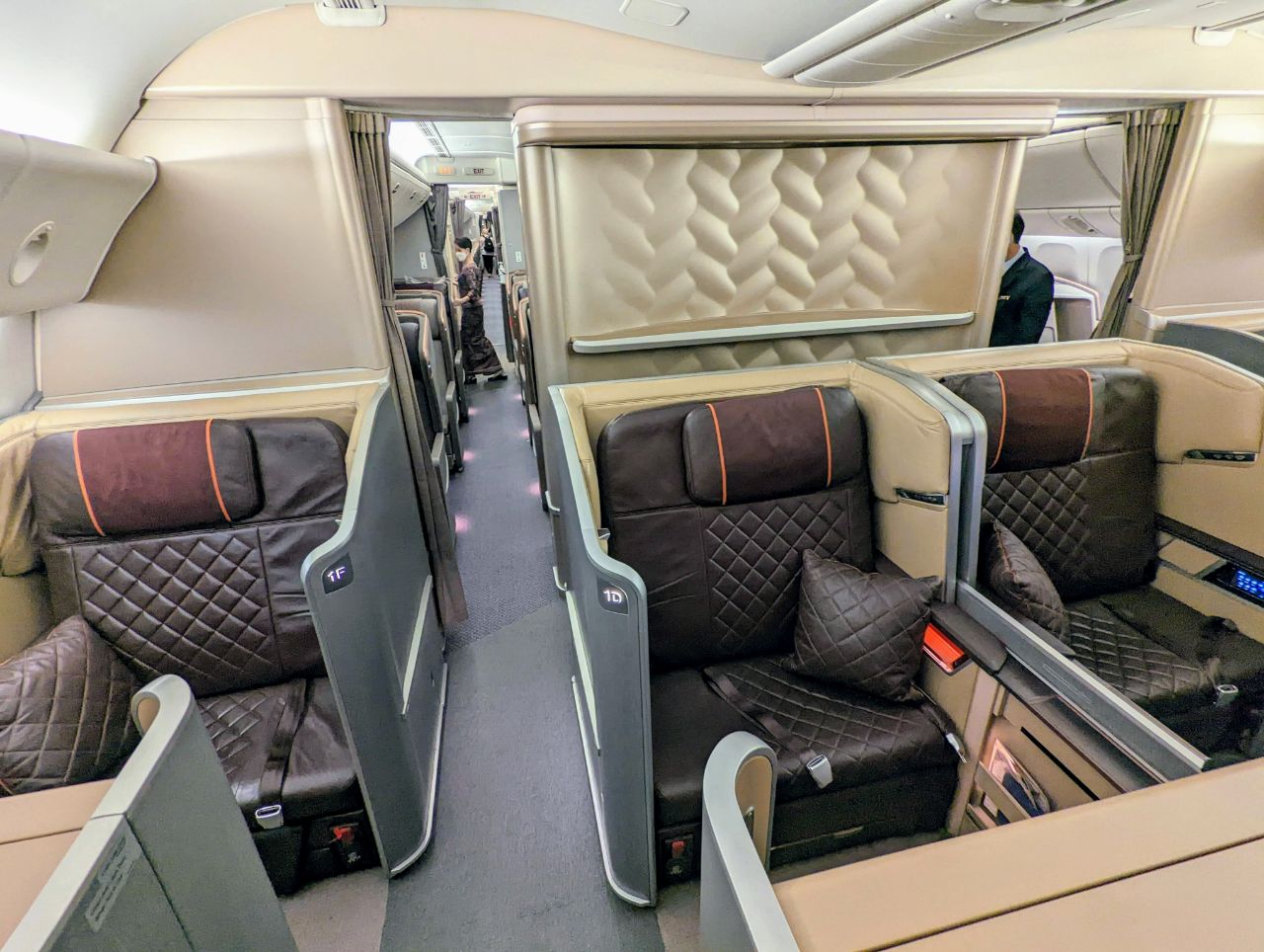
I managed to erase the cabin crew, and while the result in the left aisle is quite convincing, there’s notable smudging on the right hand side of the photo (near the curtains to the Business Class cabin).
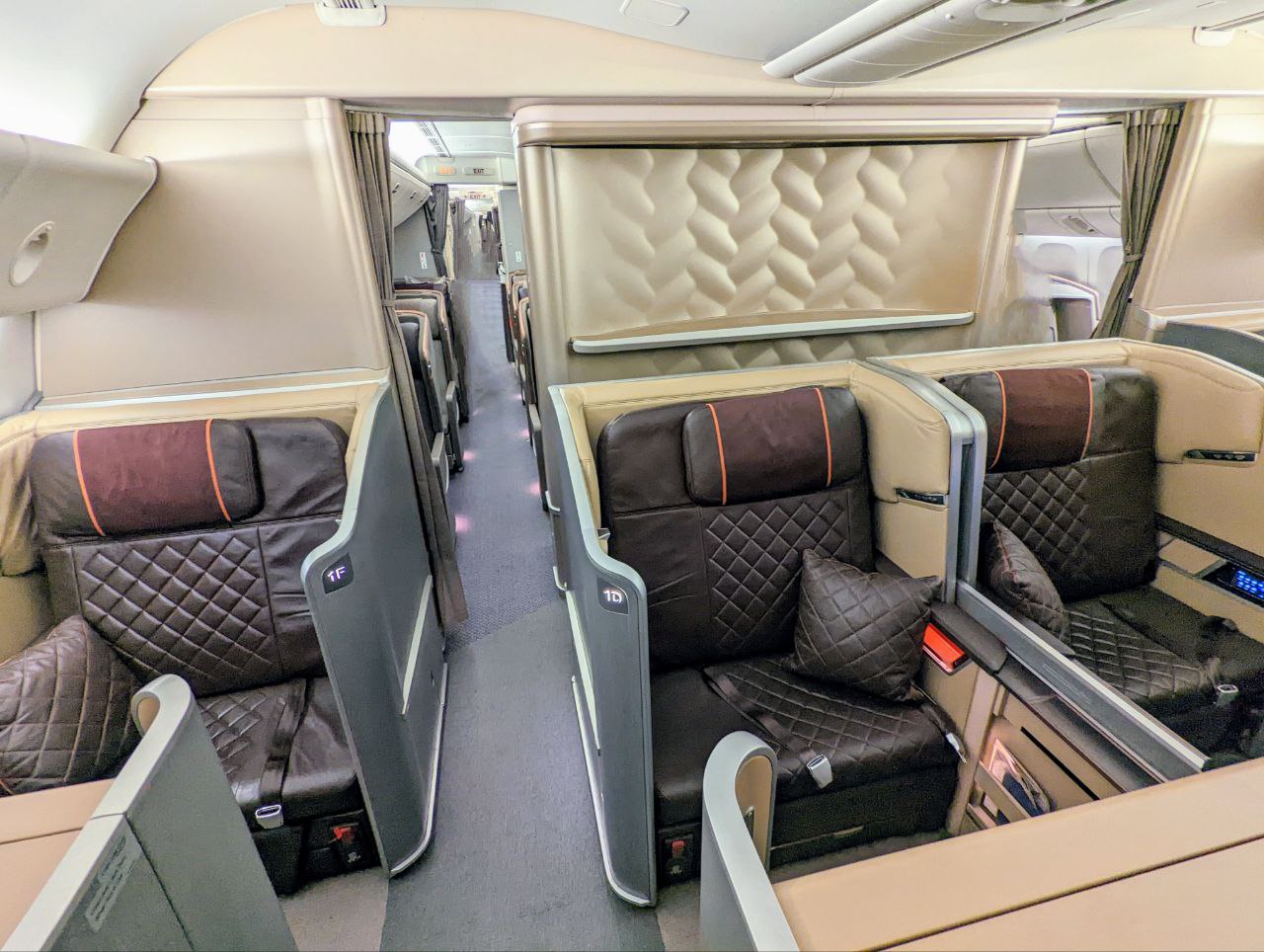
Still, I’m sure the technology will only get better with time.
My main issue with the Pixel 6 Pro is that its wide angle lens is not nearly wide enough, which poses a problem with cramped quarters. Here’s the same shot taken on my Pixel 6 Pro…

…and my S10.

While I prefer the Pixel 6 Pro’s lighting and noise reduction, the S10 captures more of the room thanks to its 0.5X lens (vs 0.7X on the Pixel 6 Pro). So even though I’m very satisfied with the Pixel 6 Pro, I can’t say for certain it’ll be the last camera phone I ever buy.
Stay tuned…
Conclusion
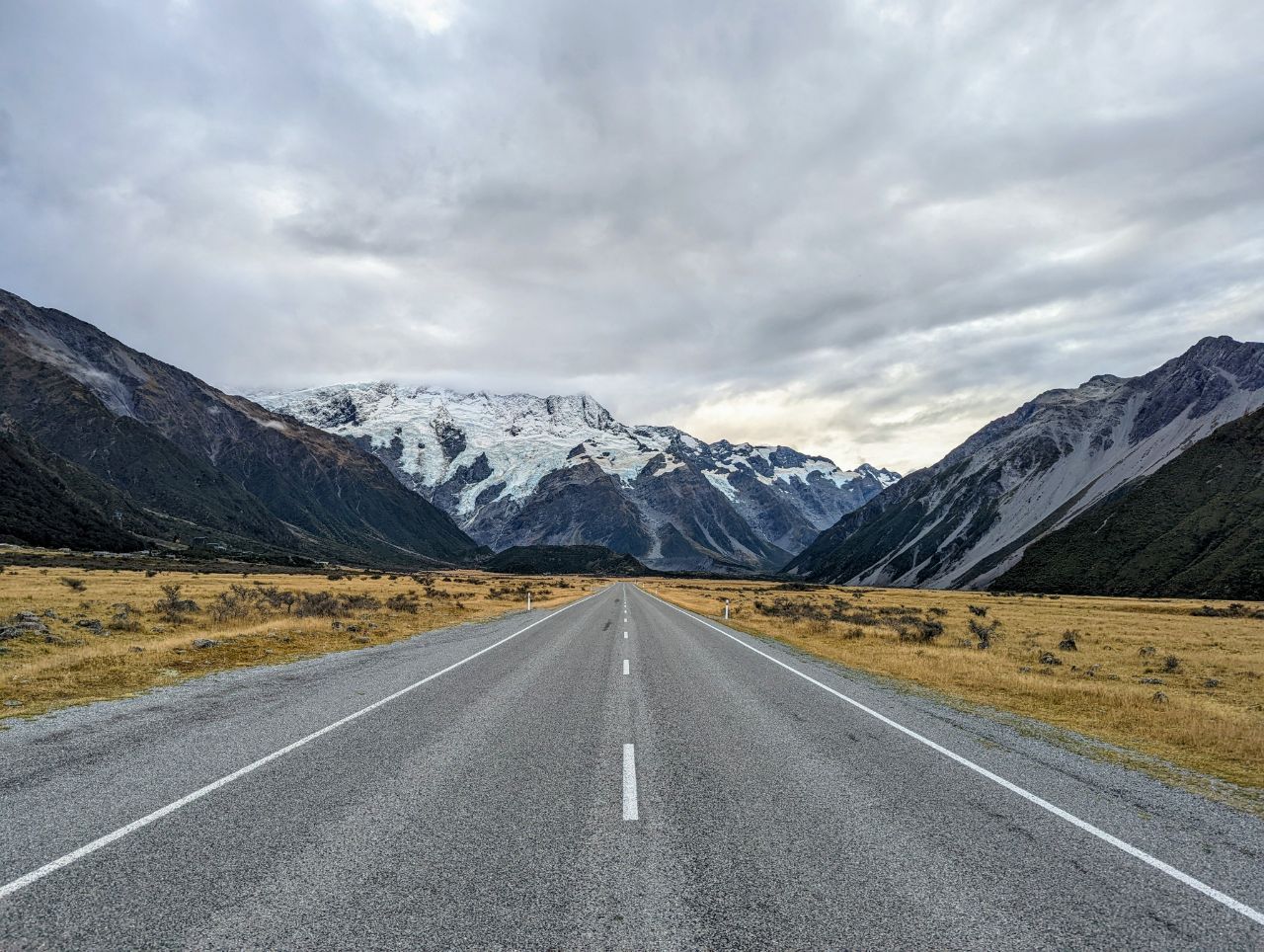
In my seven years of MileLioning, I’d say that photography has been the biggest struggle. That’s why I’m so relieved that technology has improved to the point that even someone like me can churn out half-decent photos. I mean, I don’t think people will flock here for the pictures, but neither will they bounce because they find them offensively ugly.
And that for me is a win. Next up, boudoir photography!
Any tips for taking hotel/airline cabin photos?





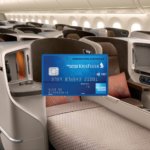

“phone to end all phones” … that’s hilarious
Perhaps a camera for vlogging next?
Vlogging definitely not for me! Too much work to storyboard, edit etc
Pixel 3 versus 6Pro in terms of holding it, feel etc? I have a 3 and like the size but its no longer supported. Is the 6Pro too large?
It is definitely on the large size, and not as easy to hold in one hand as the s10. I still have issues using it to watch videos in bed for eg, but as a camera where I hold with both hands, not that big an issue
Pixel 3’s front ultrawide lens is the widest in all of Pixel lineup to date, and it takes equally sharp and delicious photos as the P3’s rear counterpart, only wider. Just duck out of the way when framing. And the 3-sec timer comes in handy when you have to stretch your arm.
Have you tried iPhones? They are amazing
not keen to get drawn into the apple ecosystem
What did you do with your Cameras? lol
Sold a few, holding a few…
great
Probably you can take a look at external wide angle lens for smartphone to capture more room on your pixel 6 pro?
https://www.digitalcameraworld.com/buying-guides/best-add-on-lenses-for-iphone-and-android-phones
Hey Aaron, I just wanna say your shot compositions are awesome as well. That’s something that equipment can’t help with
thank you! maybe one day AI will do all the composition for us…
S22 ultra next?
Heard the low light is better on that…
waiting to see how much of an improvement pixel 7 is over pixel 6. yes, i’m a google whore…
Easier to have a bit of underexposed parts of a photo than overexposed since with under exposure I can still do some editing to brighten that particular parts
too long winded article
ARSENAL!
Did you consider the unihertz titan, titan pocket and titan slim? They are the only PKB phones avaliable right now, maybe you could do a review of one of them
saw them all. underwhelmed by the specs.
Should be ok for basic productivity work, the multimedia and heavy stuff can be left to the pixel 6 pro
true, but in that case no point upgrading from the existing key2 (unless the goal is to get on a later android OS version, which I might have to soon given DBS is cutting off support for the one the key2 runs!)
I use a Sony A7 with a wide angle lens for my travels. Great landscape shots and has the most pretty sun flares.